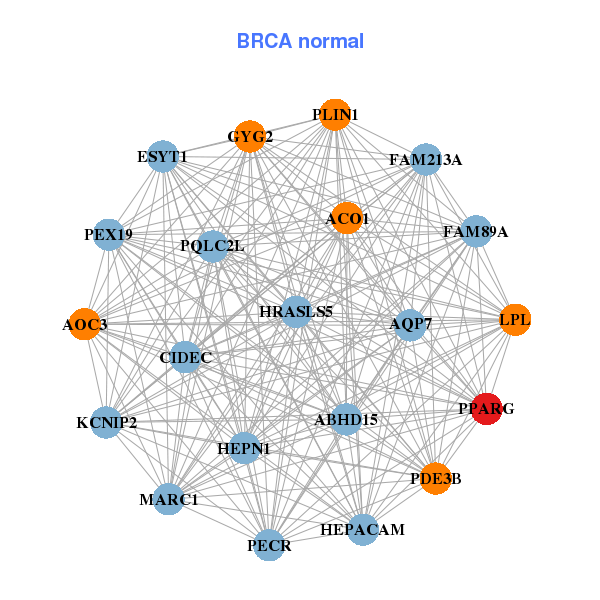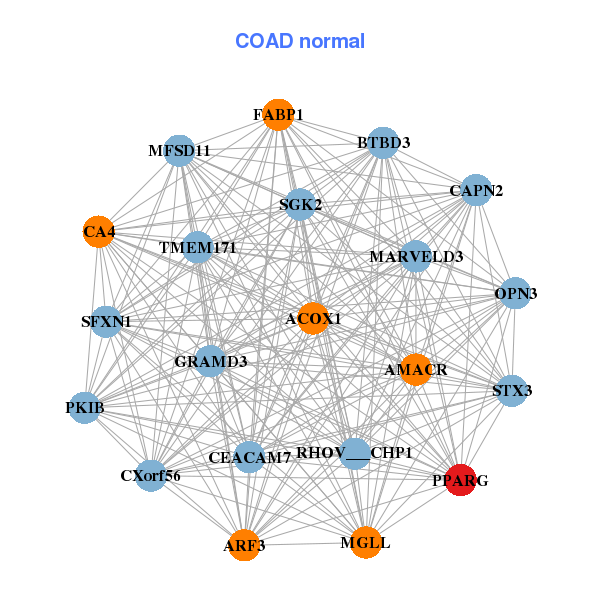|
|||||||||||||||||||||||||||||||||||||||||||||||||||||||||||||||||||||||||||||||||||||||||||||||||||||||||||||||||||||||||||||||||||||||||||||||||||||||||||||||||||||||||||||||||||||||||||||||||||||||||||||||||||||||||||||||||||||||||||||||||||||||||||||||||||||||||||||||||||||||||||||||||||||||||||||||||||||||||||||||||||||||||||||||||||||||||||||||||||||||||||||||||||||||||||||||||||||||||||||||||||||||||||||||||||||||||||||||||||||||||||||||||||||||||||||||||||||||||||||||||||||||||||||||||||||||||||||||||||||||||||||||||||||||||||||||||||||||||||||||||||||||||||||||||||||||||||||||||||||||||||
| |
| Phenotypic Information (metabolism pathway, cancer, disease, phenome) |
| |
| |
| Gene-Gene Network Information: Co-Expression Network, Interacting Genes & KEGG |
| |
|
| Gene Summary for PPARG |
| Basic gene info. | Gene symbol | PPARG |
| Gene name | peroxisome proliferator-activated receptor gamma | |
| Synonyms | CIMT1|GLM1|NR1C3|PPARG1|PPARG2|PPARgamma | |
| Cytomap | UCSC genome browser: 3p25 | |
| Genomic location | chr3 :12329348-12475855 | |
| Type of gene | protein-coding | |
| RefGenes | NM_005037.5, NM_015869.4,NM_138711.3,NM_138712.3, | |
| Ensembl id | ENSG00000132170 | |
| Description | PPAR-gammanuclear receptor subfamily 1 group C member 3peroxisome proliferator-activated nuclear receptor gamma variant 1 | |
| Modification date | 20141222 | |
| dbXrefs | MIM : 601487 | |
| HGNC : HGNC | ||
| Ensembl : ENSG00000132170 | ||
| HPRD : 03288 | ||
| Vega : OTTHUMG00000129764 | ||
| Protein | UniProt: P37231 go to UniProt's Cross Reference DB Table | |
| Expression | CleanEX: HS_PPARG | |
| BioGPS: 5468 | ||
| Gene Expression Atlas: ENSG00000132170 | ||
| The Human Protein Atlas: ENSG00000132170 | ||
| Pathway | NCI Pathway Interaction Database: PPARG | |
| KEGG: PPARG | ||
| REACTOME: PPARG | ||
| ConsensusPathDB | ||
| Pathway Commons: PPARG | ||
| Metabolism | MetaCyc: PPARG | |
| HUMANCyc: PPARG | ||
| Regulation | Ensembl's Regulation: ENSG00000132170 | |
| miRBase: chr3 :12,329,348-12,475,855 | ||
| TargetScan: NM_005037 | ||
| cisRED: ENSG00000132170 | ||
| Context | iHOP: PPARG | |
| cancer metabolism search in PubMed: PPARG | ||
| UCL Cancer Institute: PPARG | ||
| Assigned class in ccmGDB | A - This gene has a literature evidence and it belongs to cancer gene. | |
| References showing role of PPARG in cancer cell metabolism | 1. Costa V, Gallo MA, Letizia F, Aprile M, Casamassimi A, et al. (2010) PPARG: gene expression regulation and next-generation sequencing for unsolved issues. PPAR research 2010. go to article 2. Sabatino L, Fucci A, Pancione M, Colantuoni V (2012) PPARG epigenetic deregulation and Its role in colorectal tumorigenesis. PPAR research 2012. go to article | |
| Top |
| Phenotypic Information for PPARG(metabolism pathway, cancer, disease, phenome) |
| Cancer | CGAP: PPARG |
| Familial Cancer Database: PPARG | |
| * This gene is included in those cancer gene databases. |
|
|
|
|
|
| . | |||||||||||||||||||||||||||||||||||||||||||||||||||||||||||||||||||||||||||||||||||||||||||||||||||||||||||||||||||||||||||||||||||||||||||||||||||||||||||||||||||||||||||||||||||||||||||||||||||||||||||||||||||||||||||||||||||||||||||||||||||||||||||||||||||||||||||||||||||||||||||||||||||||||||||||||||||||||||||||||||||||||||||||||||||||||||||||||||||||||||||||||||||||||||||||||||||||||||||||||||||||||||||||||||||||||||||||||||||||||||||||||||||||||||||||||||||||||||||||||||||||||||||||||||||||||||||||||||||||||||||||||||||||||||||||||||||||||||||||||||||||||||||||||||||||||||||||||||||||
Oncogene 1 | Significant driver gene in | ||||||||||||||||||||||||||||||||||||||||||||||||||||||||||||||||||||||||||||||||||||||||||||||||||||||||||||||||||||||||||||||||||||||||||||||||||||||||||||||||||||||||||||||||||||||||||||||||||||||||||||||||||||||||||||||||||||||||||||||||||||||||||||||||||||||||||||||||||||||||||||||||||||||||||||||||||||||||||||||||||||||||||||||||||||||||||||||||||||||||||||||||||||||||||||||||||||||||||||||||||||||||||||||||||||||||||||||||||||||||||||||||||||||||||||||||||||||||||||||||||||||||||||||||||||||||||||||||||||||||||||||||||||||||||||||||||||||||||||||||||||||||||||||||||||||||||||||||||||||||||
| cf) number; DB name 1 Oncogene; http://nar.oxfordjournals.org/content/35/suppl_1/D721.long, 2 Tumor Suppressor gene; https://bioinfo.uth.edu/TSGene/, 3 Cancer Gene Census; http://www.nature.com/nrc/journal/v4/n3/abs/nrc1299.html, 4 CancerGenes; http://nar.oxfordjournals.org/content/35/suppl_1/D721.long, 5 Network of Cancer Gene; http://ncg.kcl.ac.uk/index.php, 1Therapeutic Vulnerabilities in Cancer; http://cbio.mskcc.org/cancergenomics/statius/ |
| REACTOME_METABOLISM_OF_LIPIDS_AND_LIPOPROTEINS | |
| OMIM | 137800; phenotype. 137800; phenotype. 601487; gene. 601487; gene. 601665; phenotype. 601665; phenotype. 604367; phenotype. 604367; phenotype. 606641; phenotype. 606641; phenotype. 609338; phenotype. 609338; phenotype. |
| Orphanet | 251576; Gliosarcoma. 251576; Gliosarcoma. 251579; Giant cell glioblastoma. 251579; Giant cell glioblastoma. 79083; Familial partial lipodystrophy associated with PPARG mutations. 79083; Familial partial lipodystrophy associated with PPARG mutations. |
| Disease | KEGG Disease: PPARG |
| MedGen: PPARG (Human Medical Genetics with Condition) | |
| ClinVar: PPARG | |
| Phenotype | MGI: PPARG (International Mouse Phenotyping Consortium) |
| PhenomicDB: PPARG | |
| Mutations for PPARG |
| * Under tables are showing count per each tissue to give us broad intuition about tissue specific mutation patterns.You can go to the detailed page for each mutation database's web site. |
| - Statistics for Tissue and Mutation type | Top |
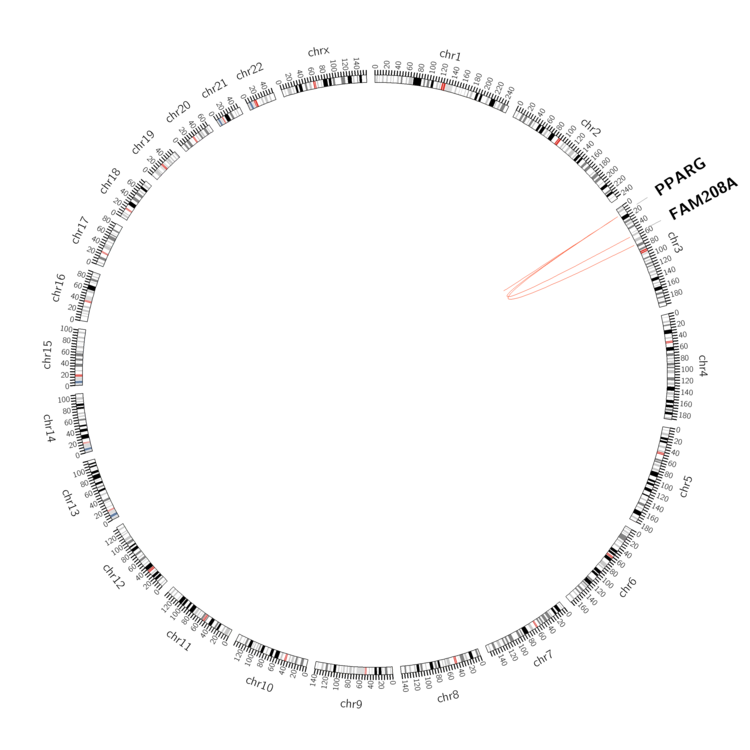 |
| - For Inter-chromosomal Variations |
| There's no inter-chromosomal structural variation. |
| - For Intra-chromosomal Variations |
| * Intra-chromosomal variantions includes 'intrachromosomal amplicon to amplicon', 'intrachromosomal amplicon to non-amplified dna', 'intrachromosomal deletion', 'intrachromosomal fold-back inversion', 'intrachromosomal inversion', 'intrachromosomal tandem duplication', 'Intrachromosomal unknown type', 'intrachromosomal with inverted orientation', 'intrachromosomal with non-inverted orientation'. |
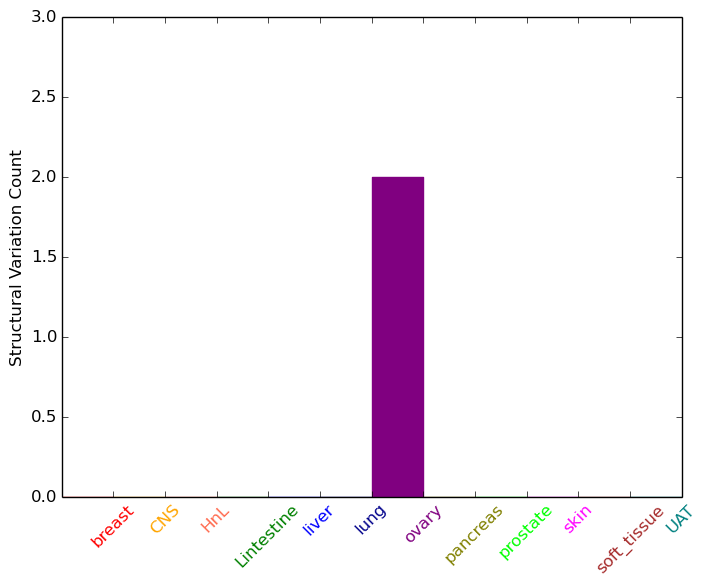 |
| Sample | Symbol_a | Chr_a | Start_a | End_a | Symbol_b | Chr_b | Start_b | End_b |
| NS | PPARG | chr3 | 12367444 | 12367444 | FAM208A | chr3 | 56679582 | 56679582 |
| ovary | PPARG | chr3 | 12414083 | 12414103 | chr3 | 73939975 | 73939995 | |
| ovary | PPARG | chr3 | 12431394 | 12431414 | PPARG | chr3 | 12431650 | 12431670 |
| cf) Tissue number; Tissue name (1;Breast, 2;Central_nervous_system, 3;Haematopoietic_and_lymphoid_tissue, 4;Large_intestine, 5;Liver, 6;Lung, 7;Ovary, 8;Pancreas, 9;Prostate, 10;Skin, 11;Soft_tissue, 12;Upper_aerodigestive_tract) |
| * From mRNA Sanger sequences, Chitars2.0 arranged chimeric transcripts. This table shows PPARG related fusion information. |
| ID | Head Gene | Tail Gene | Accession | Gene_a | qStart_a | qEnd_a | Chromosome_a | tStart_a | tEnd_a | Gene_a | qStart_a | qEnd_a | Chromosome_a | tStart_a | tEnd_a |
| AY222643 | CREB3L2 | 1 | 319 | 7 | 137612896 | 137686451 | PPARG | 319 | 1755 | 3 | 12421202 | 12475644 | |
| AY149631 | THADA | 1 | 4185 | 2 | 43655236 | 43823177 | PPARG | 4181 | 4440 | 3 | 12361071 | 12361330 | |
| Top |
| Mutation type/ Tissue ID | brca | cns | cerv | endome | haematopo | kidn | Lintest | liver | lung | ns | ovary | pancre | prost | skin | stoma | thyro | urina | |||
| Total # sample | 3 | 1 | 3 | |||||||||||||||||
| GAIN (# sample) | 3 | 3 | ||||||||||||||||||
| LOSS (# sample) | 1 |
| cf) Tissue ID; Tissue type (1; Breast, 2; Central_nervous_system, 3; Cervix, 4; Endometrium, 5; Haematopoietic_and_lymphoid_tissue, 6; Kidney, 7; Large_intestine, 8; Liver, 9; Lung, 10; NS, 11; Ovary, 12; Pancreas, 13; Prostate, 14; Skin, 15; Stomach, 16; Thyroid, 17; Urinary_tract) |
| Top |
|
 |
| Top |
| Stat. for Non-Synonymous SNVs (# total SNVs=34) | (# total SNVs=13) |
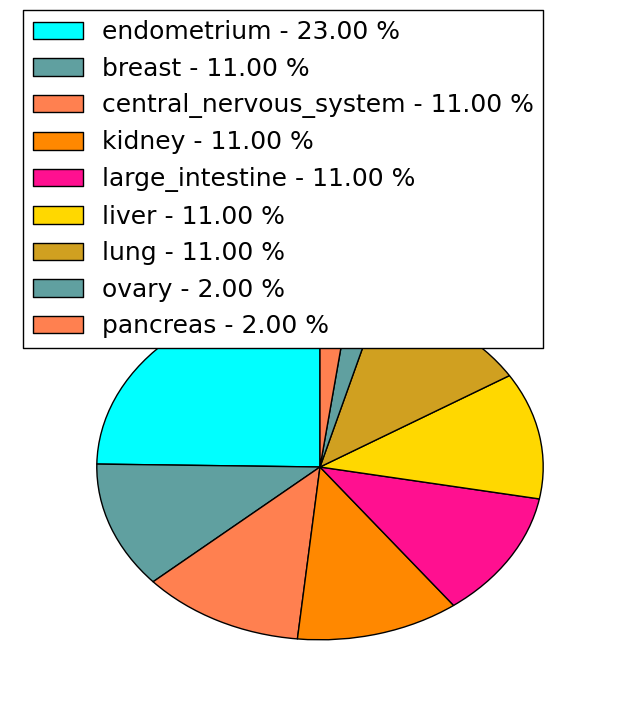 | 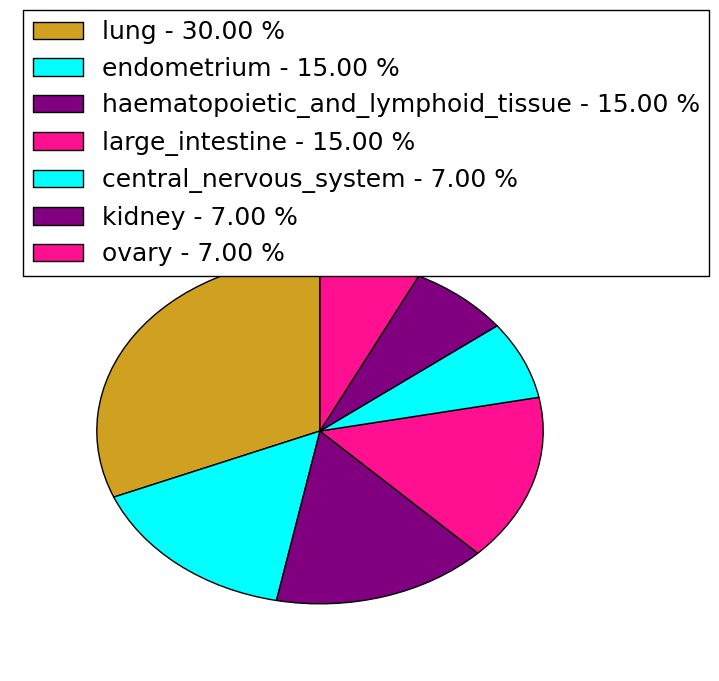 |
(# total SNVs=1) | (# total SNVs=0) |
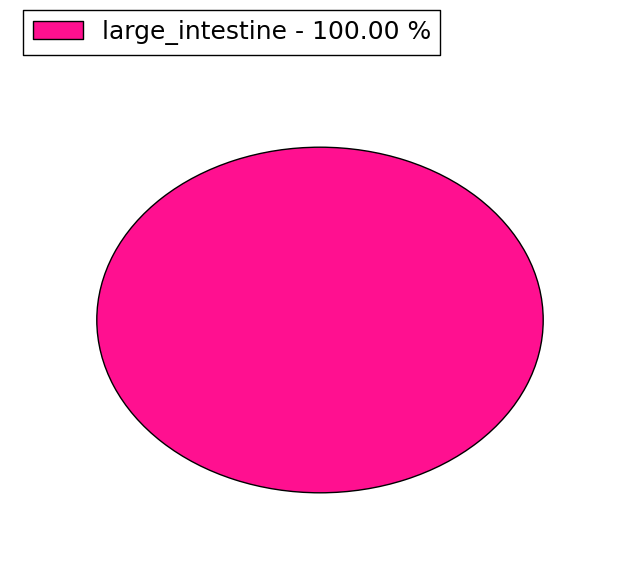 |
| Top |
| * When you move the cursor on each content, you can see more deailed mutation information on the Tooltip. Those are primary_site,primary_histology,mutation(aa),pubmedID. |
| GRCh37 position | Mutation(aa) | Unique sampleID count |
| chr3:12393098-12393098 | p.E3K | 3 |
| chr3:12447429-12447429 | p.A223V | 2 |
| chr3:12447430-12447430 | p.A223A | 2 |
| chr3:12458488-12458488 | p.I369L | 2 |
| chr3:12475557-12475557 | p.H477H | 2 |
| chr3:12458305-12458305 | p.R308C | 2 |
| chr3:12458497-12458497 | p.G372S | 2 |
| chr3:12447447-12447447 | p.I229T | 2 |
| chr3:12458323-12458323 | p.Q314E | 2 |
| chr3:12447485-12447485 | p.L242V | 2 |
| Top |
|
 |
| Point Mutation/ Tissue ID | 1 | 2 | 3 | 4 | 5 | 6 | 7 | 8 | 9 | 10 | 11 | 12 | 13 | 14 | 15 | 16 | 17 | 18 | 19 | 20 |
| # sample | 2 | 2 | 6 | 1 | 2 | 9 | 1 | 1 | 14 | 2 | 8 | |||||||||
| # mutation | 2 | 2 | 6 | 1 | 2 | 9 | 1 | 1 | 13 | 2 | 9 | |||||||||
| nonsynonymous SNV | 2 | 2 | 3 | 1 | 1 | 5 | 1 | 8 | 1 | 7 | ||||||||||
| synonymous SNV | 3 | 1 | 4 | 1 | 5 | 1 | 2 |
| cf) Tissue ID; Tissue type (1; BLCA[Bladder Urothelial Carcinoma], 2; BRCA[Breast invasive carcinoma], 3; CESC[Cervical squamous cell carcinoma and endocervical adenocarcinoma], 4; COAD[Colon adenocarcinoma], 5; GBM[Glioblastoma multiforme], 6; Glioma Low Grade, 7; HNSC[Head and Neck squamous cell carcinoma], 8; KICH[Kidney Chromophobe], 9; KIRC[Kidney renal clear cell carcinoma], 10; KIRP[Kidney renal papillary cell carcinoma], 11; LAML[Acute Myeloid Leukemia], 12; LUAD[Lung adenocarcinoma], 13; LUSC[Lung squamous cell carcinoma], 14; OV[Ovarian serous cystadenocarcinoma ], 15; PAAD[Pancreatic adenocarcinoma], 16; PRAD[Prostate adenocarcinoma], 17; SKCM[Skin Cutaneous Melanoma], 18:STAD[Stomach adenocarcinoma], 19:THCA[Thyroid carcinoma], 20:UCEC[Uterine Corpus Endometrial Carcinoma]) |
| Top |
| * We represented just top 10 SNVs. When you move the cursor on each content, you can see more deailed mutation information on the Tooltip. Those are primary_site, primary_histology, mutation(aa), pubmedID. |
| Genomic Position | Mutation(aa) | Unique sampleID count |
| chr3:12458497 | p.G344S,PPARG | 2 |
| chr3:12421355 | p.K404T,PPARG | 1 |
| chr3:12458537 | p.E81E,PPARG | 1 |
| chr3:12447398 | p.I262M,PPARG | 1 |
| chr3:12458286 | p.T440A,PPARG | 1 |
| chr3:12421374 | p.S84S,PPARG | 1 |
| chr3:12458573 | p.H266H,PPARG | 1 |
| chr3:12447402 | p.I456I,PPARG | 1 |
| chr3:12458305 | p.S105S,PPARG | 1 |
| chr3:12421382 | p.Q273Q,PPARG | 1 |
| * Copy number data were extracted from TCGA using R package TCGA-Assembler. The URLs of all public data files on TCGA DCC data server were gathered on Jan-05-2015. Function ProcessCNAData in TCGA-Assembler package was used to obtain gene-level copy number value which is calculated as the average copy number of the genomic region of a gene. |
 |
| cf) Tissue ID[Tissue type]: BLCA[Bladder Urothelial Carcinoma], BRCA[Breast invasive carcinoma], CESC[Cervical squamous cell carcinoma and endocervical adenocarcinoma], COAD[Colon adenocarcinoma], GBM[Glioblastoma multiforme], Glioma Low Grade, HNSC[Head and Neck squamous cell carcinoma], KICH[Kidney Chromophobe], KIRC[Kidney renal clear cell carcinoma], KIRP[Kidney renal papillary cell carcinoma], LAML[Acute Myeloid Leukemia], LUAD[Lung adenocarcinoma], LUSC[Lung squamous cell carcinoma], OV[Ovarian serous cystadenocarcinoma ], PAAD[Pancreatic adenocarcinoma], PRAD[Prostate adenocarcinoma], SKCM[Skin Cutaneous Melanoma], STAD[Stomach adenocarcinoma], THCA[Thyroid carcinoma], UCEC[Uterine Corpus Endometrial Carcinoma] |
| Top |
| Gene Expression for PPARG |
| * CCLE gene expression data were extracted from CCLE_Expression_Entrez_2012-10-18.res: Gene-centric RMA-normalized mRNA expression data. |
 |
| * Normalized gene expression data of RNASeqV2 was extracted from TCGA using R package TCGA-Assembler. The URLs of all public data files on TCGA DCC data server were gathered at Jan-05-2015. Only eight cancer types have enough normal control samples for differential expression analysis. (t test, adjusted p<0.05 (using Benjamini-Hochberg FDR)) |
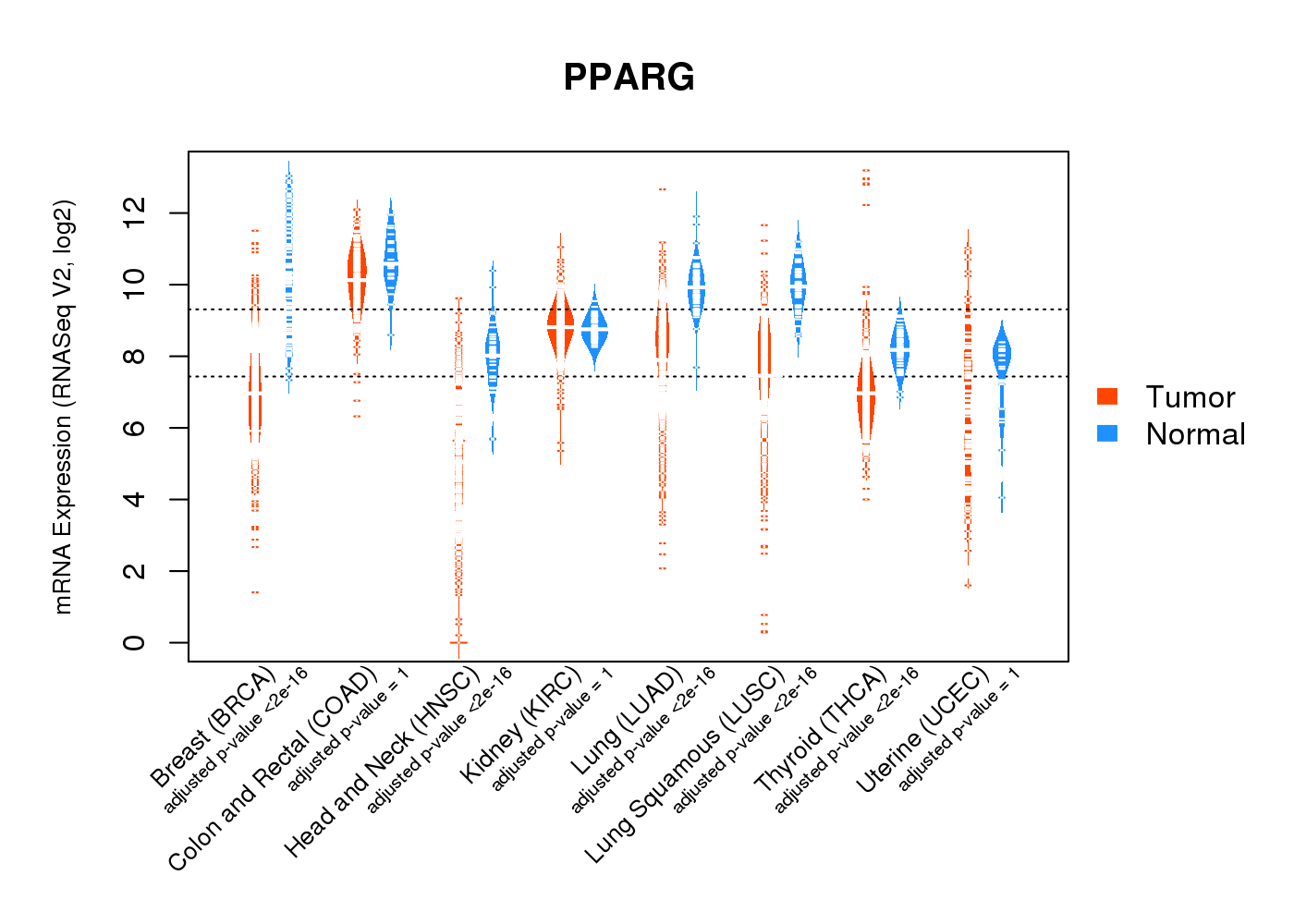 |
| Top |
| * This plots show the correlation between CNV and gene expression. |
: Open all plots for all cancer types
 |
|
 |
|
| Top |
| Gene-Gene Network Information |
| * Co-Expression network figures were drawn using R package igraph. Only the top 20 genes with the highest correlations were shown. Red circle: input gene, orange circle: cell metabolism gene, sky circle: other gene |
: Open all plots for all cancer types
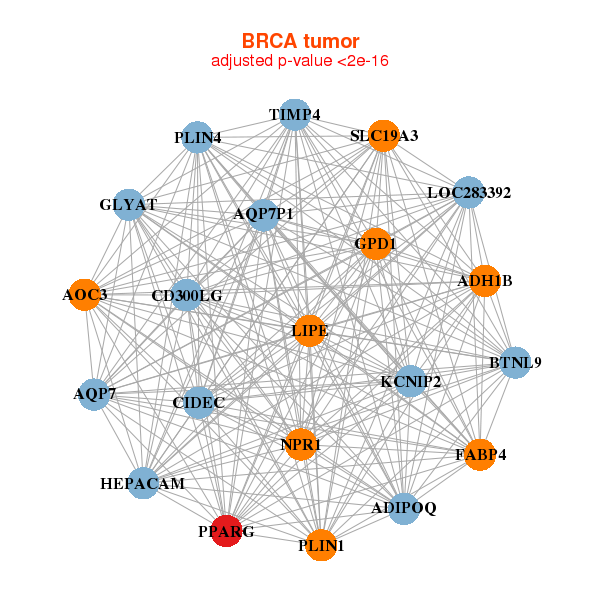 |
| ||||
| ANKRD36BP1,CCDC82,CFLAR,DAPK1,AMER1,FMNL2,GNPTAB, KIAA0754,LIMS1,LOC400927,MAML2,MLXIP,MYO9B,NOTCH1, PPARA,PPARGC1B,SFT2D2,MIEF1,TCF20,WWTR1,ZNF462 | CAMSAP1,CLASP1,DMD,AGO2,FBXO10,HECTD1,HERC1, KIAA0368,VWA8,KIAA1161,L2HGDH,LOC729082,MLXIP,NFIC, NFIX,PCNT,PPARA,PPARGC1B,PRKAR2A,SATB1,UBR3 | ||||
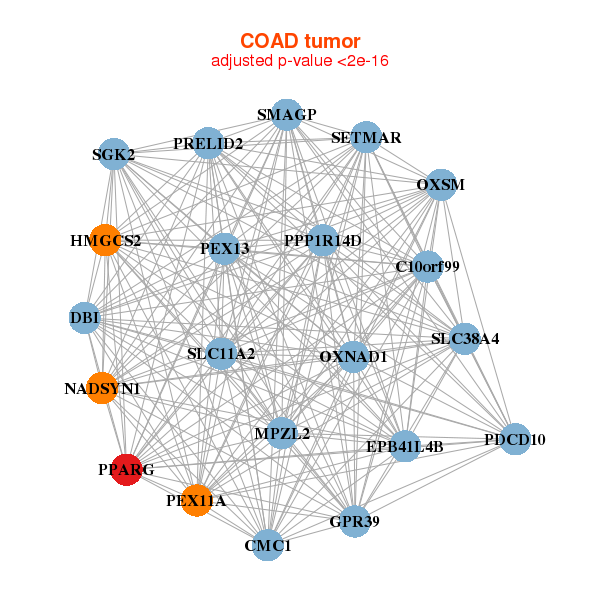 |
| ||||
| ATXN7,NOP9,C9orf129,DDX46,DOT1L,ETV3,FAM160A1, GNA11,IPMK,MAP3K13,MDN1,MFSD9,MLXIP,NSD1, PCNT,PDP2,PPARGC1B,RBM15,RNF168,RREB1,SERINC5 | ARHGAP33,HECTD4,PROSER3,CAD,CEP152,DIP2A,GSE1, KMT2B___KMT2D,NBPF10,NEURL4,PLXNB1,POLR3A,PPARGC1B,RBM33, SUGP2,TRIO,CFAP44,WDR90,WHSC1,ZMIZ2,ZNF142 |
| * Co-Expression network figures were drawn using R package igraph. Only the top 20 genes with the highest correlations were shown. Red circle: input gene, orange circle: cell metabolism gene, sky circle: other gene |
: Open all plots for all cancer types
| Top |
: Open all interacting genes' information including KEGG pathway for all interacting genes from DAVID
| Top |
| Pharmacological Information for PPARG |
| DB Category | DB Name | DB's ID and Url link |
| Chemistry | BindingDB | P37231; -. |
| Chemistry | ChEMBL | CHEMBL2095162; -. |
| Chemistry | GuidetoPHARMACOLOGY | 595; -. |
| Chemistry | BindingDB | P37231; -. |
| Chemistry | ChEMBL | CHEMBL2095162; -. |
| Chemistry | GuidetoPHARMACOLOGY | 595; -. |
| Organism-specific databases | PharmGKB | PA281; -. |
| Organism-specific databases | PharmGKB | PA281; -. |
| Organism-specific databases | CTD | 5468; -. |
| Organism-specific databases | CTD | 5468; -. |
| * Gene Centered Interaction Network. |
 |
| * Drug Centered Interaction Network. |
| DrugBank ID | Target Name | Drug Groups | Generic Name | Drug Centered Network | Drug Structure |
| DB00159 | peroxisome proliferator-activated receptor gamma | approved; nutraceutical | Icosapent | 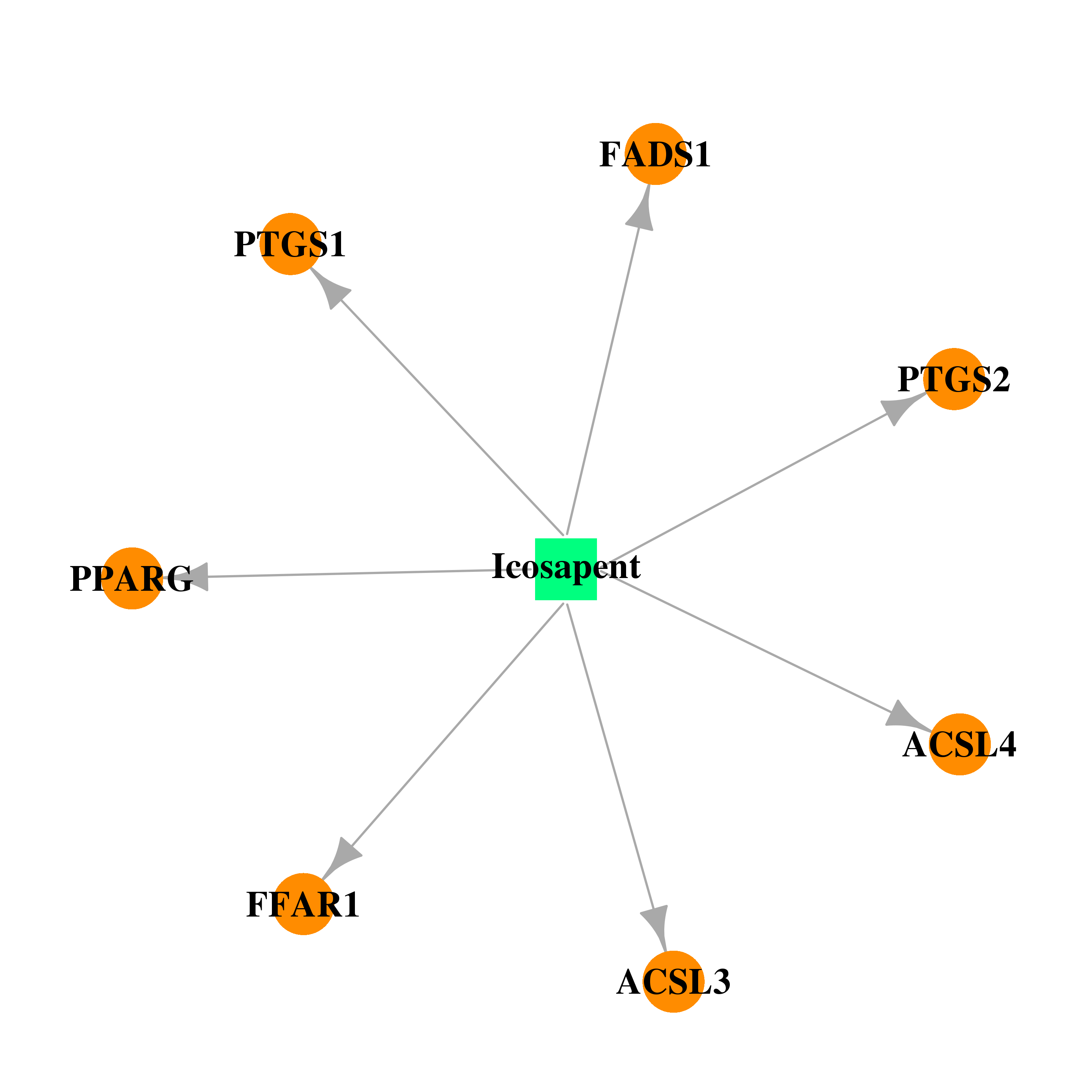 | 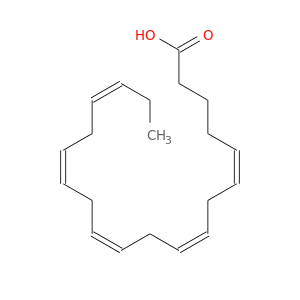 |
| DB00197 | peroxisome proliferator-activated receptor gamma | withdrawn | Troglitazone |  |  |
| DB00244 | peroxisome proliferator-activated receptor gamma | approved | Mesalazine | 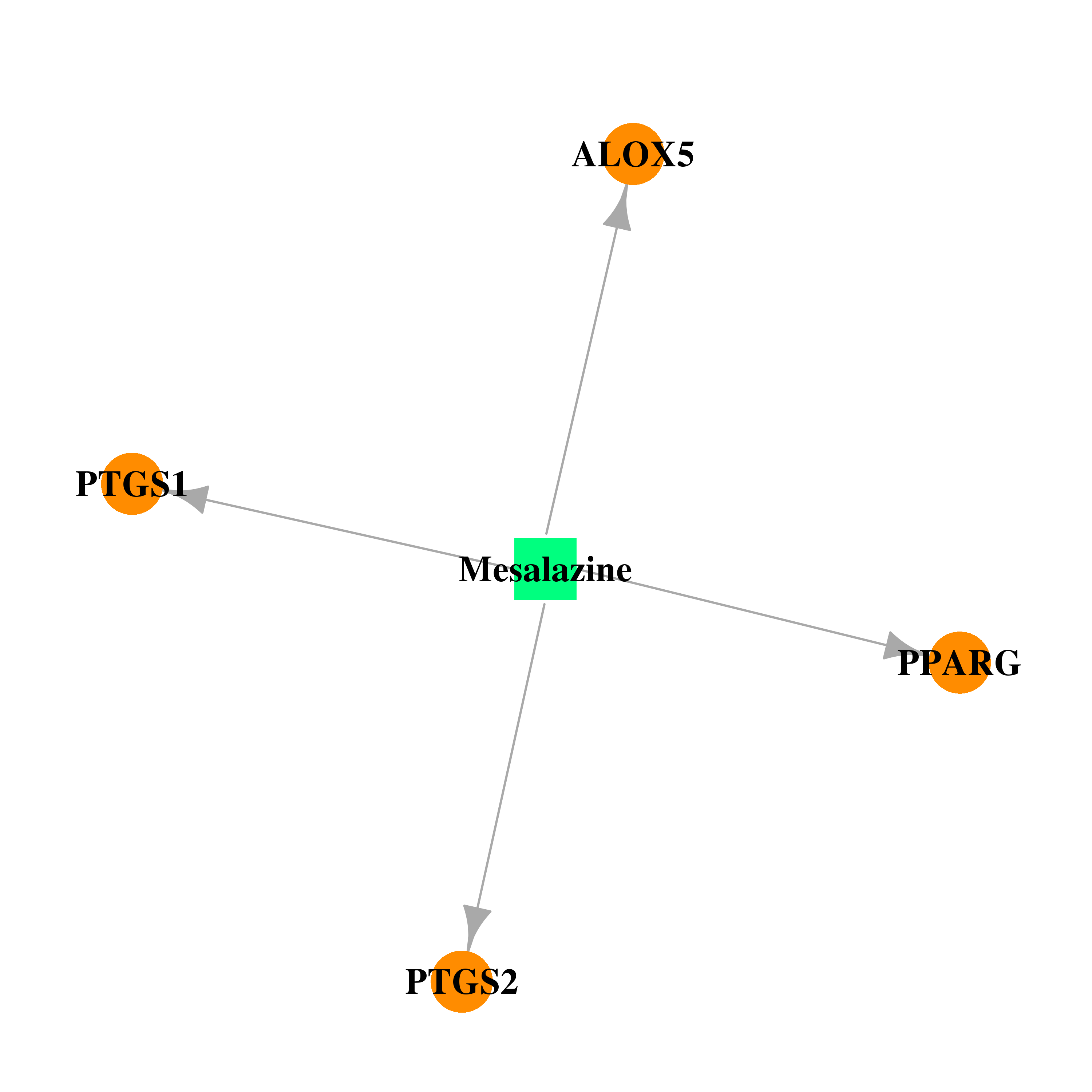 |  |
| DB00328 | peroxisome proliferator-activated receptor gamma | approved; investigational | Indomethacin |  | 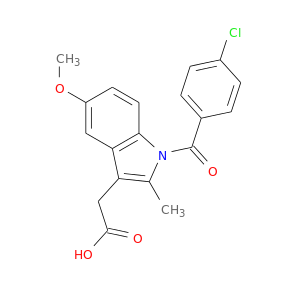 |
| DB00412 | peroxisome proliferator-activated receptor gamma | approved; investigational | Rosiglitazone | 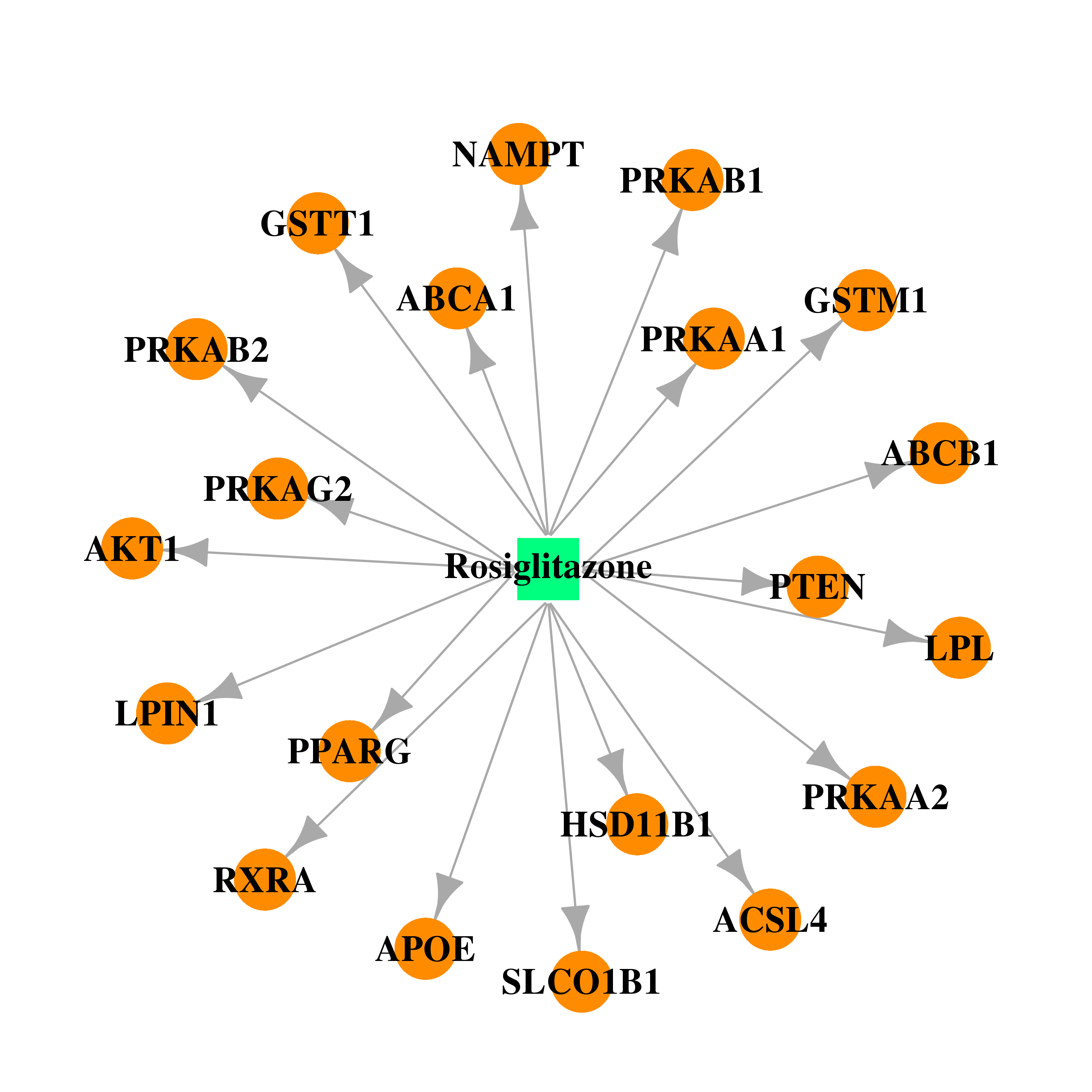 |  |
| DB00731 | peroxisome proliferator-activated receptor gamma | approved; investigational | Nateglinide |  |  |
| DB00795 | peroxisome proliferator-activated receptor gamma | approved | Sulfasalazine |  | 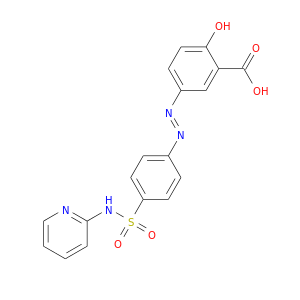 |
| DB00912 | peroxisome proliferator-activated receptor gamma | approved; investigational | Repaglinide | 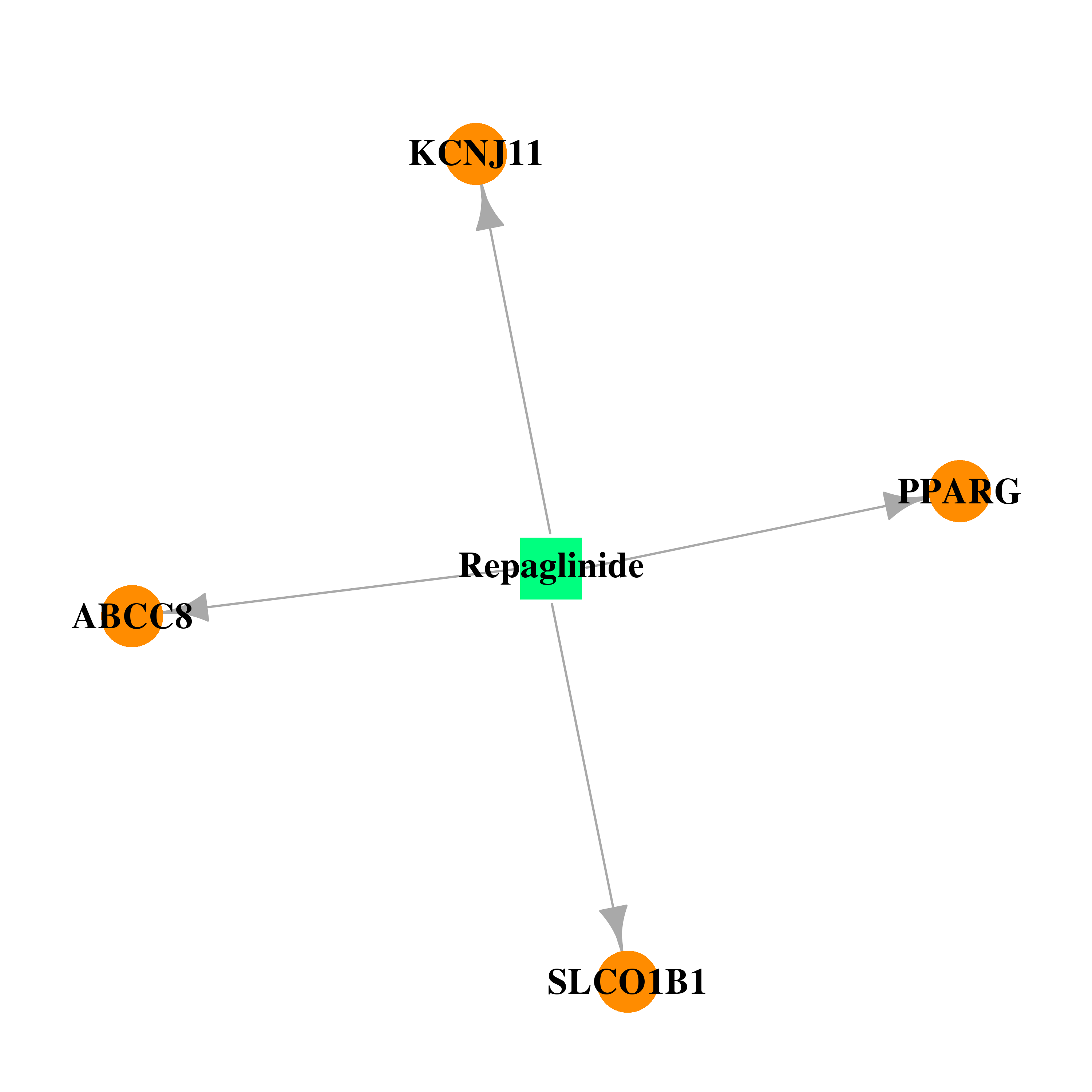 | 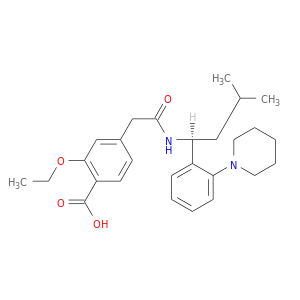 |
| DB00966 | peroxisome proliferator-activated receptor gamma | approved; investigational | Telmisartan |  |  |
| DB01014 | peroxisome proliferator-activated receptor gamma | approved; investigational | Balsalazide | 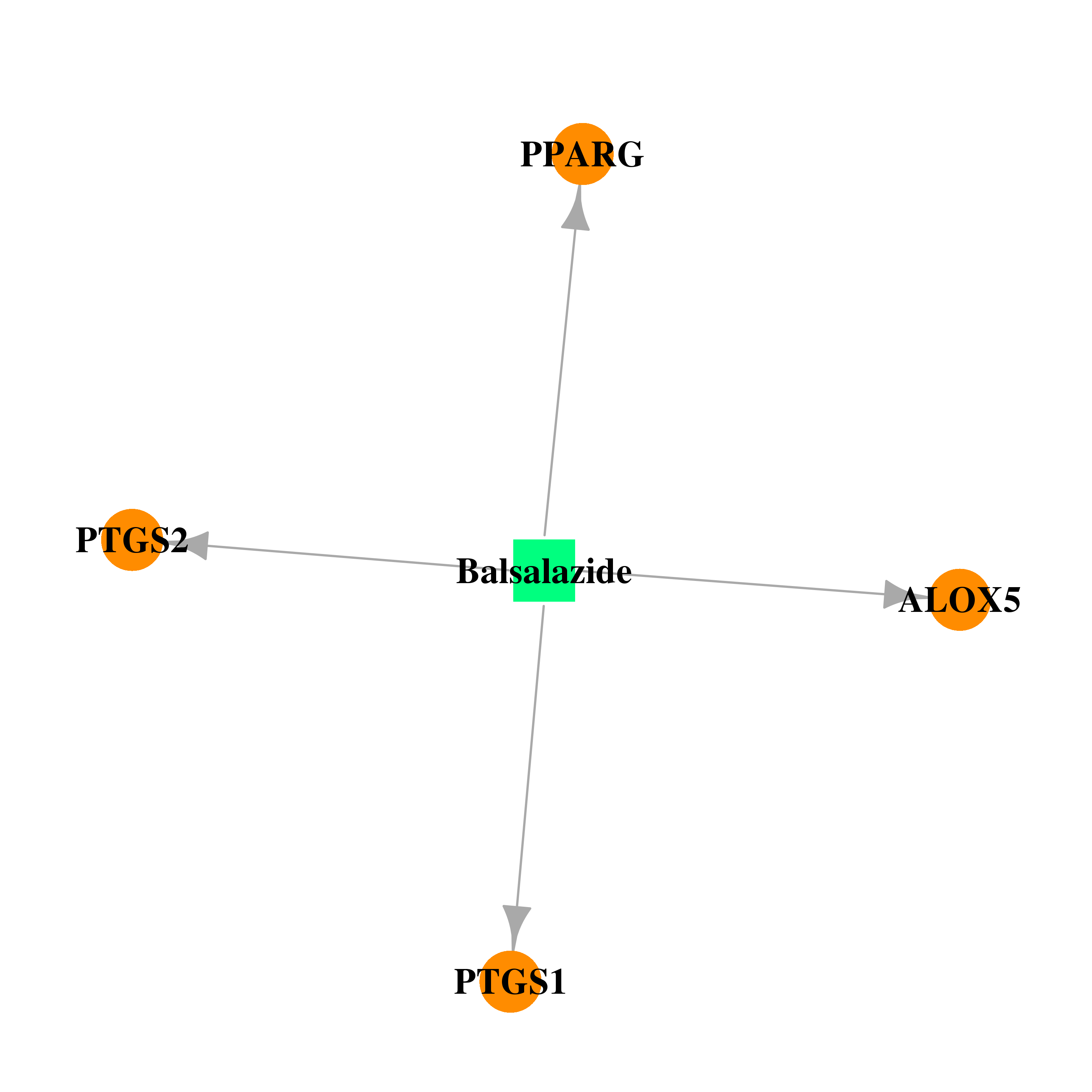 | 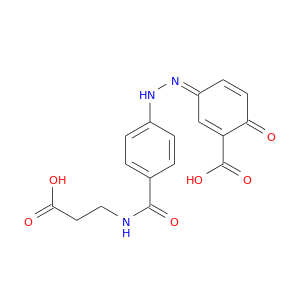 |
| DB01067 | peroxisome proliferator-activated receptor gamma | approved | Glipizide |  |  |
| DB01132 | peroxisome proliferator-activated receptor gamma | approved; investigational | Pioglitazone |  | 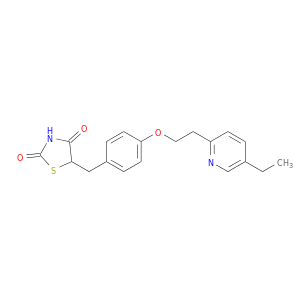 |
| DB01252 | peroxisome proliferator-activated receptor gamma | approved; investigational | Mitiglinide |  | 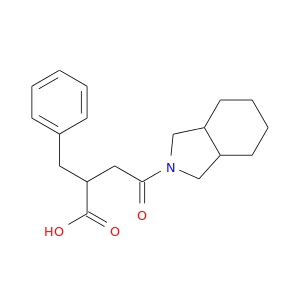 |
| DB01393 | peroxisome proliferator-activated receptor gamma | approved | Bezafibrate | 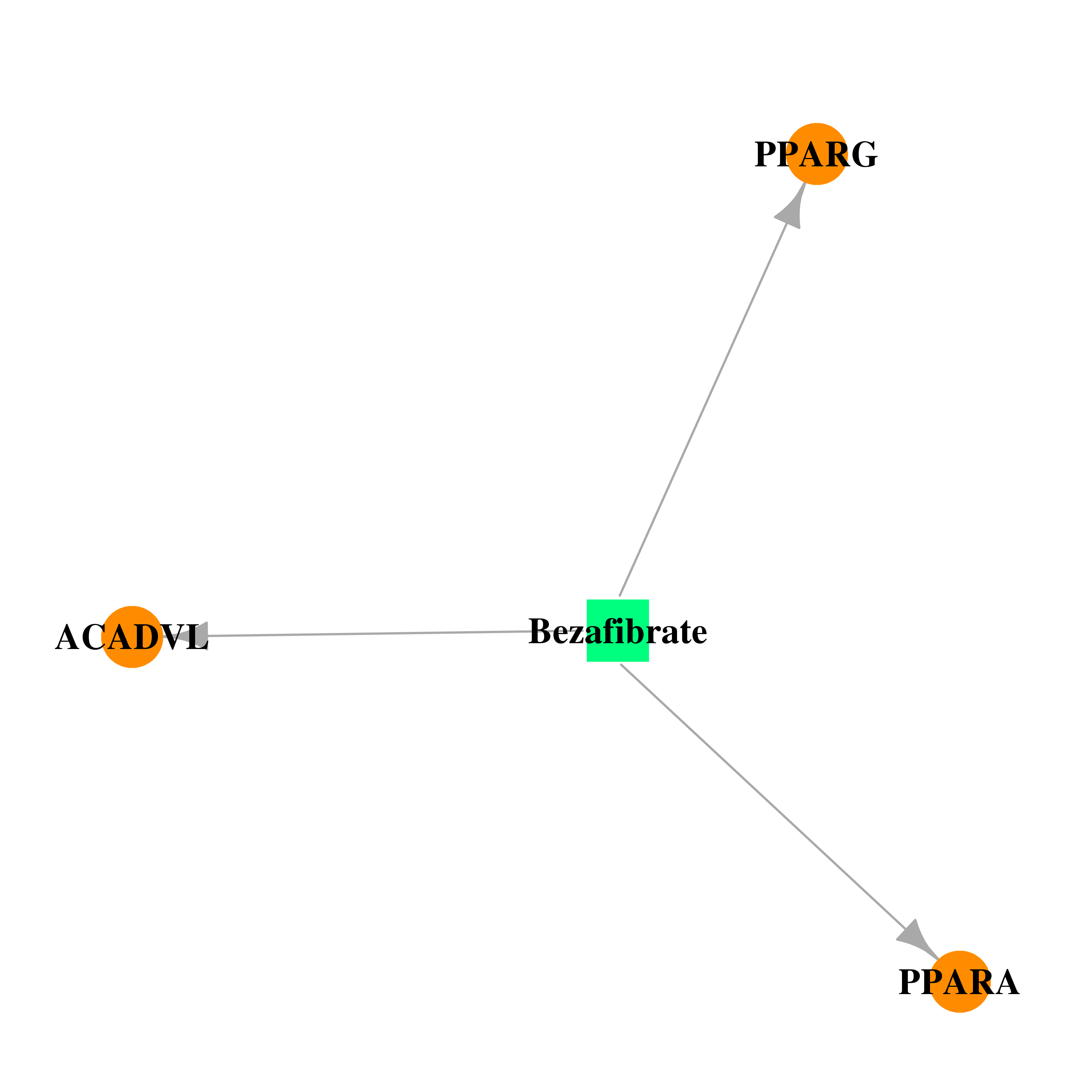 |  |
| DB04270 | peroxisome proliferator-activated receptor gamma | experimental | (S)-3-(4-(2-Carbazol-9-Yl-Ethoxy)-Phenyl)-2-Ethoxy-Propionic Acid | 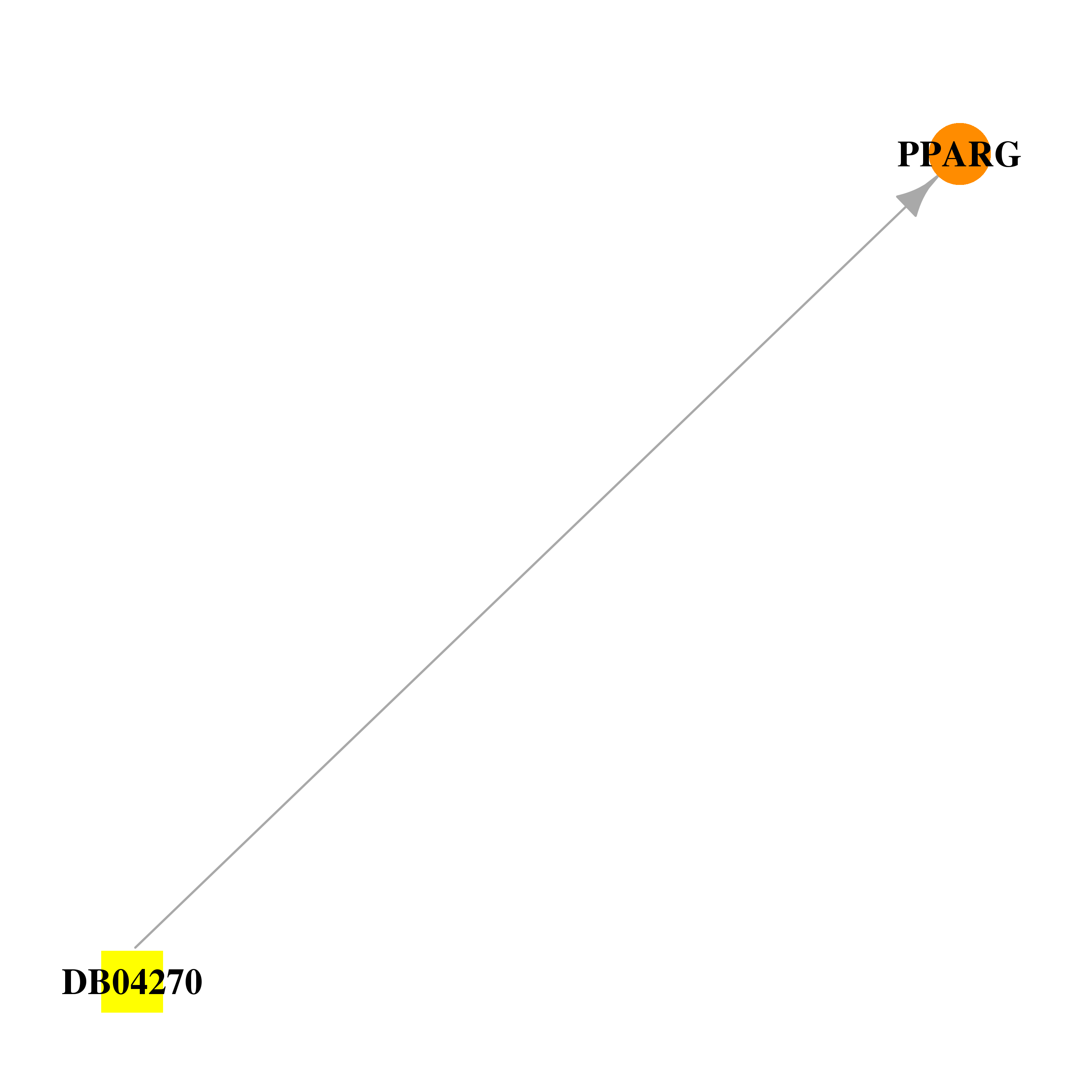 |  |
| DB04689 | peroxisome proliferator-activated receptor gamma | experimental | 2-{5-[3-(6-BENZOYL-1-PROPYLNAPHTHALEN-2-YLOXY)PROPOXY]INDOL-1-YL}ETHANOIC ACID | 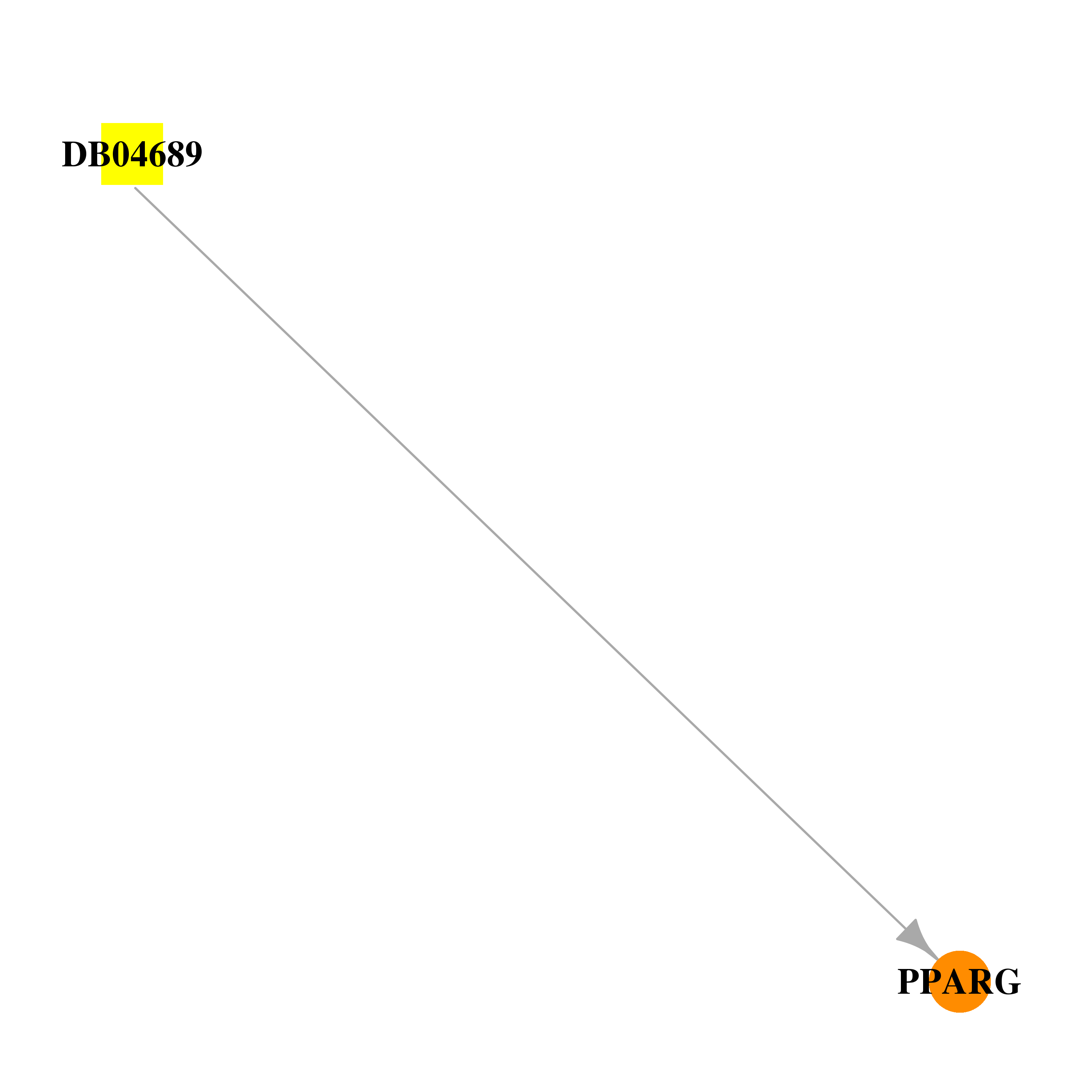 | 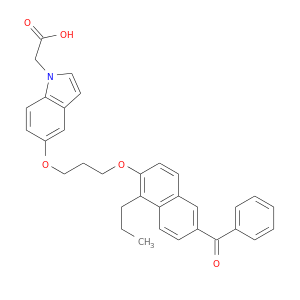 |
| DB06908 | peroxisome proliferator-activated receptor gamma | experimental | (2S)-3-(1-{[2-(2-CHLOROPHENYL)-5-METHYL-1,3-OXAZOL-4-YL]METHYL}-1H-INDOL-5-YL)-2-ETHOXYPROPANOIC ACID | 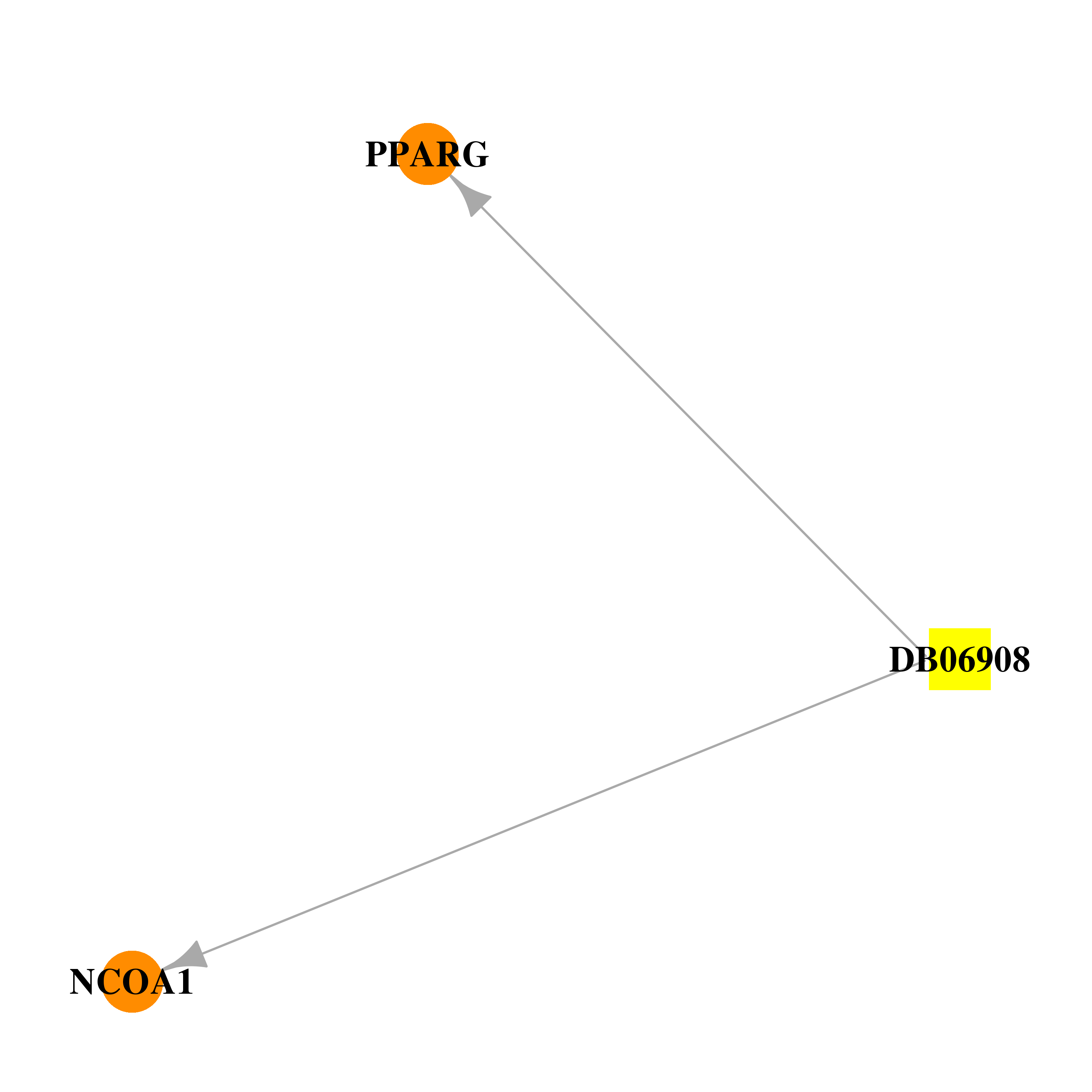 | 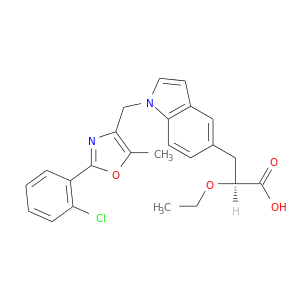 |
| DB06926 | peroxisome proliferator-activated receptor gamma | experimental | (9Z,11E,13S)-13-hydroxyoctadeca-9,11-dienoic acid |  | 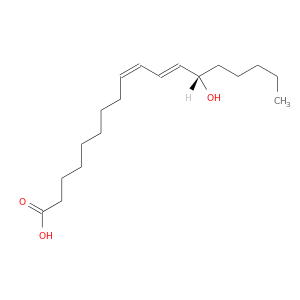 |
| DB07053 | peroxisome proliferator-activated receptor gamma | experimental | 2-{5-[3-(7-PROPYL-3-TRIFLUOROMETHYLBENZO[D]ISOXAZOL-6-YLOXY)PROPOXY]INDOL-1-YL}ETHANOIC ACID | 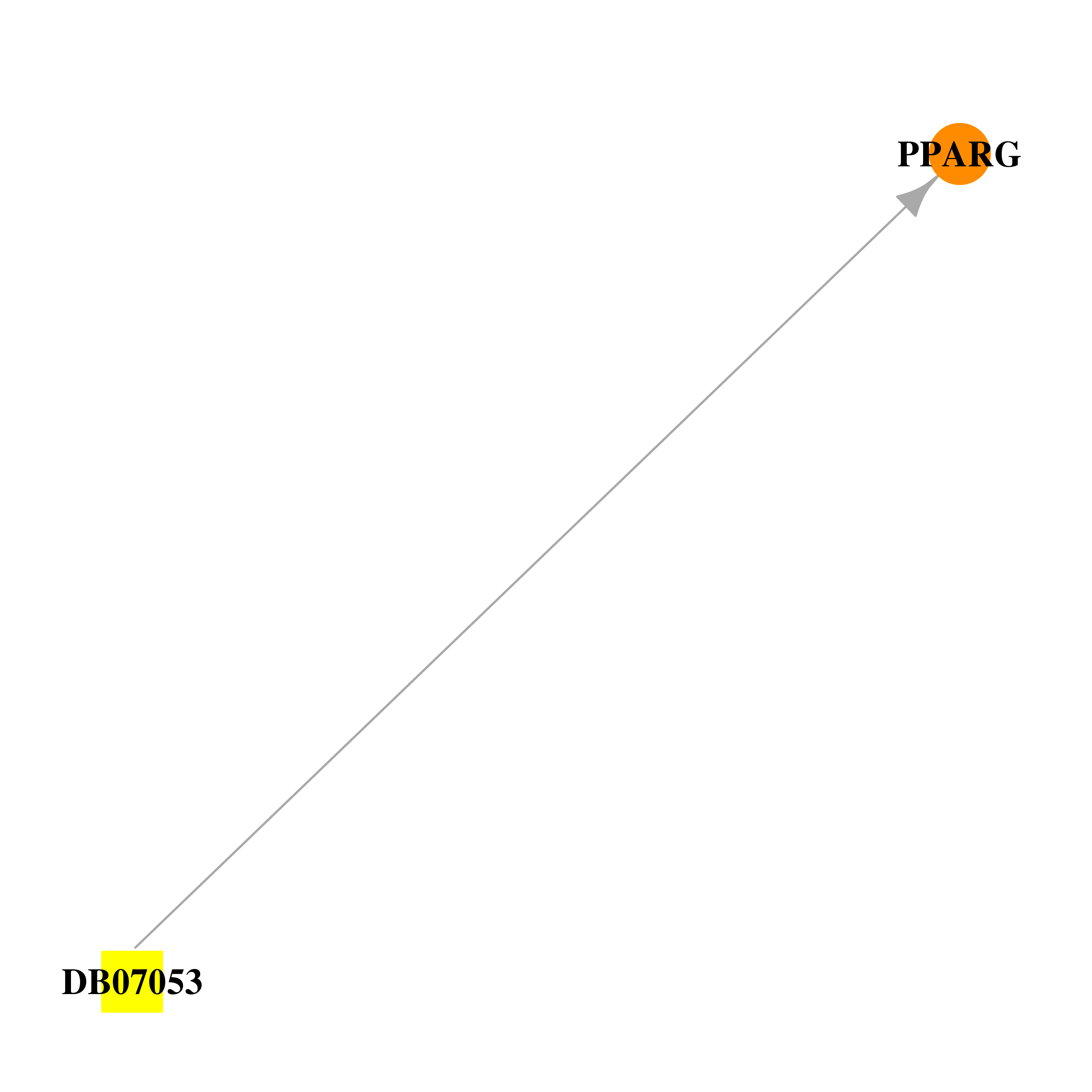 |  |
| DB07111 | peroxisome proliferator-activated receptor gamma | experimental | (4S,5E,7Z,10Z,13Z,16Z,19Z)-4-hydroxydocosa-5,7,10,13,16,19-hexaenoic acid | 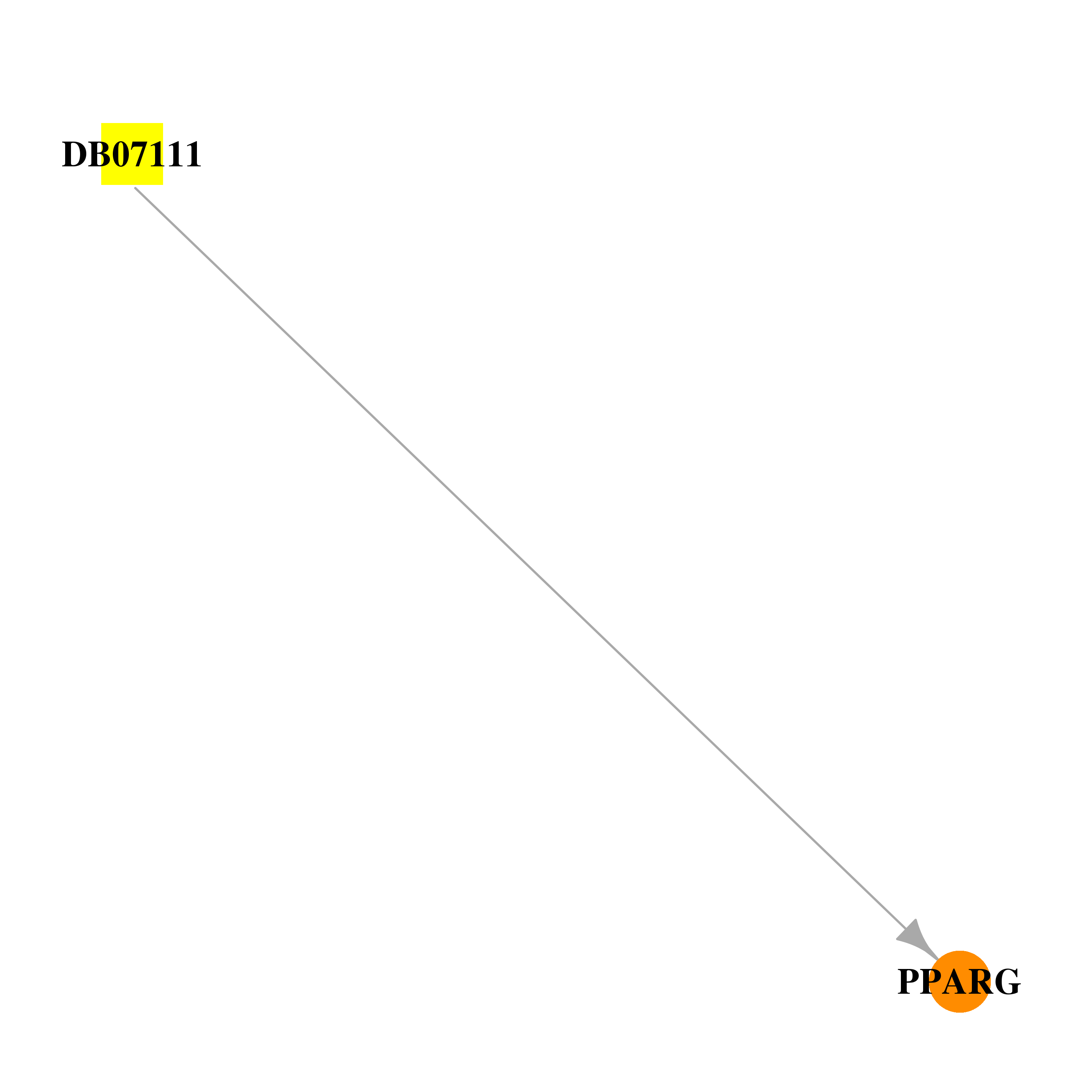 | 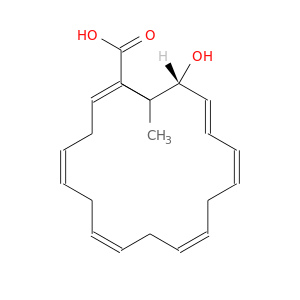 |
| DB07172 | peroxisome proliferator-activated receptor gamma | experimental | (5R,6E,8Z,11Z,14Z,17Z)-5-hydroxyicosa-6,8,11,14,17-pentaenoic acid | 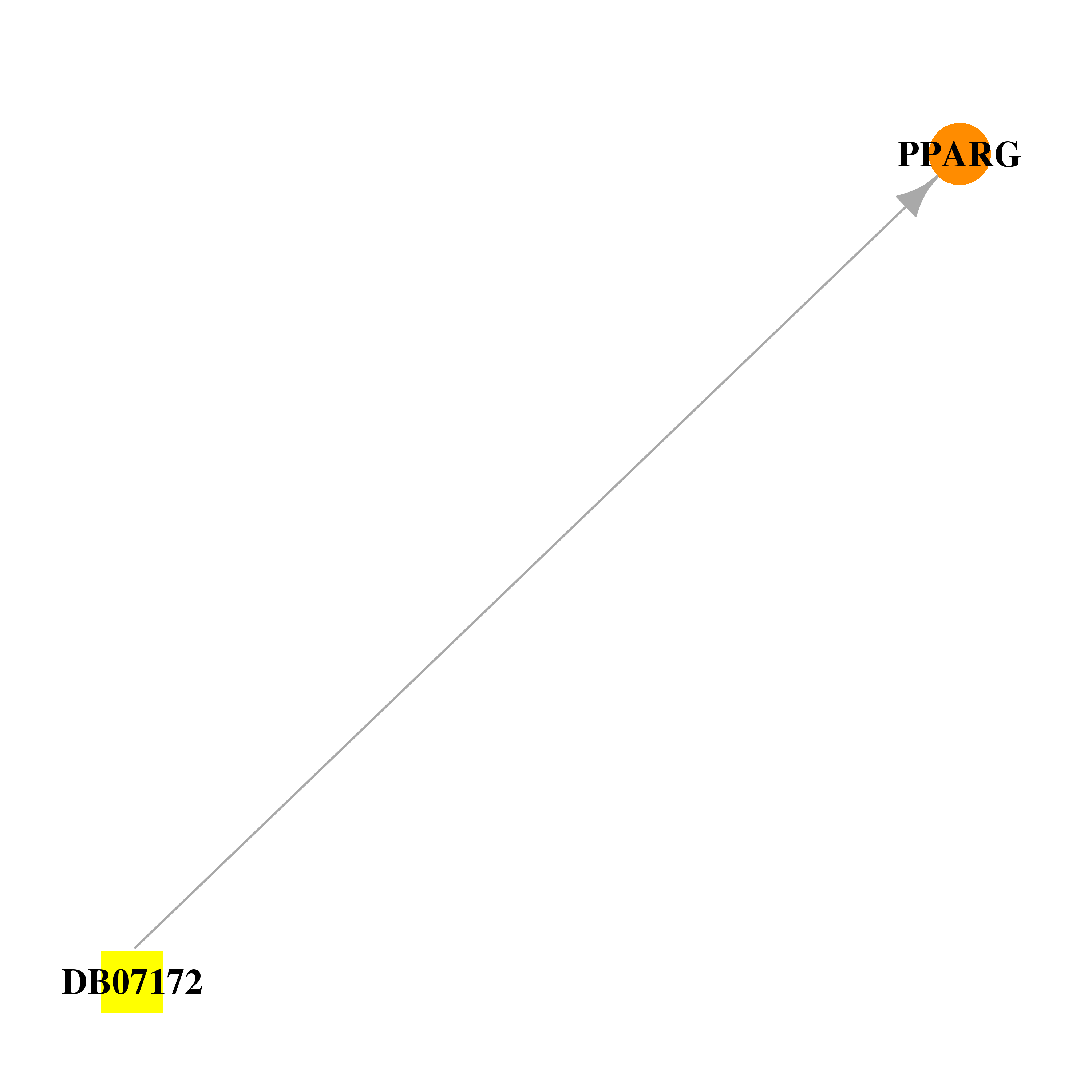 | 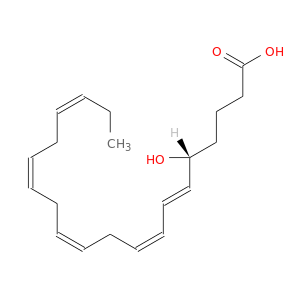 |
| DB07208 | peroxisome proliferator-activated receptor gamma | experimental | (8E,10S,12Z)-10-hydroxy-6-oxooctadeca-8,12-dienoic acid |  | 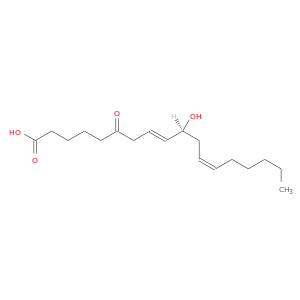 |
| DB07209 | peroxisome proliferator-activated receptor gamma | experimental | (8R,9Z,12Z)-8-hydroxy-6-oxooctadeca-9,12-dienoic acid |  | 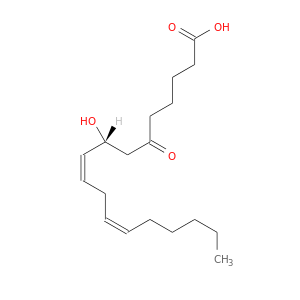 |
| DB07302 | peroxisome proliferator-activated receptor gamma | experimental | (9S,10E,12Z)-9-hydroxyoctadeca-10,12-dienoic acid | 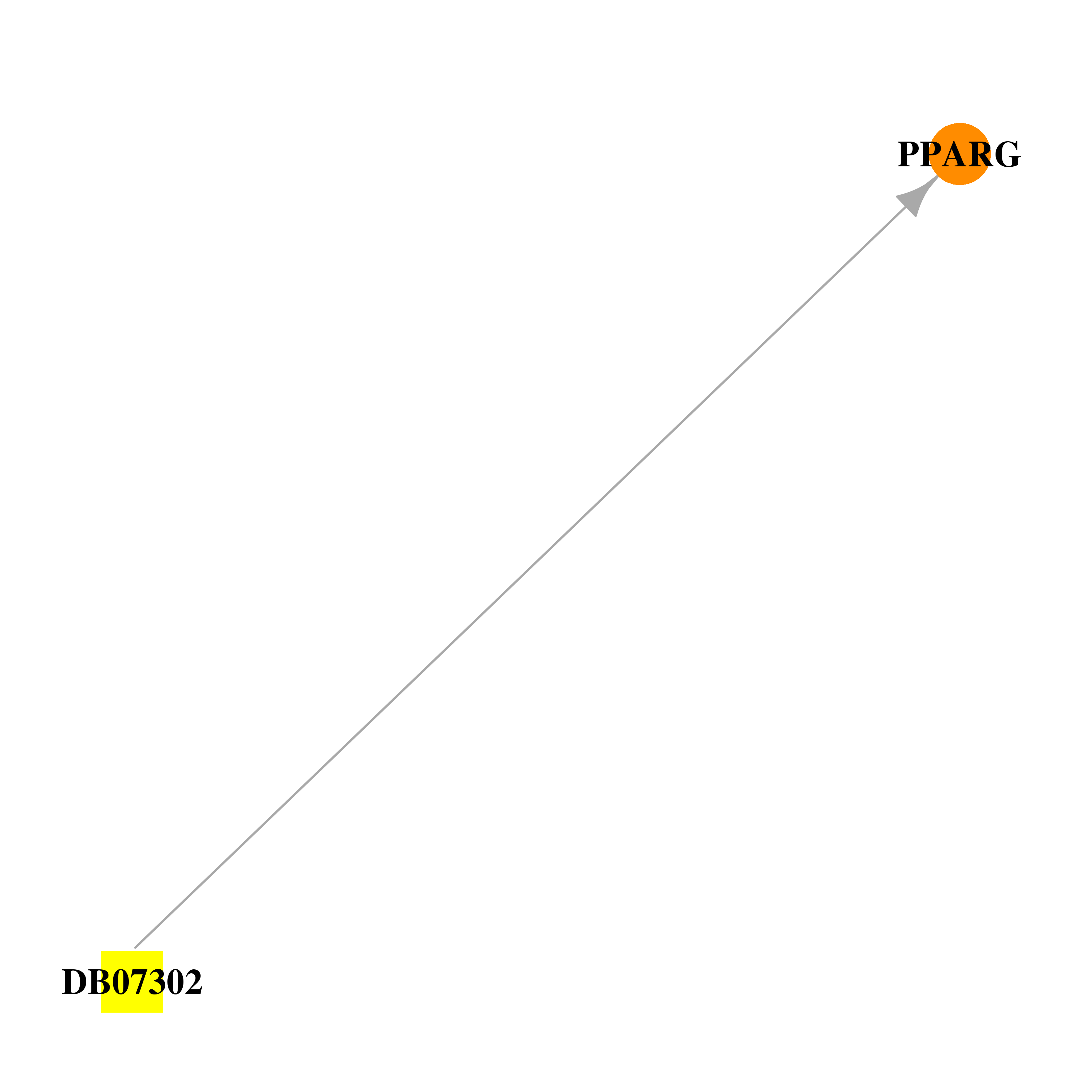 |  |
| DB07509 | peroxisome proliferator-activated receptor gamma | experimental | difluoro(5-{2-[(5-octyl-1H-pyrrol-2-yl-kappaN)methylidene]-2H-pyrrol-5-yl-kappaN}pentanoato)boron | 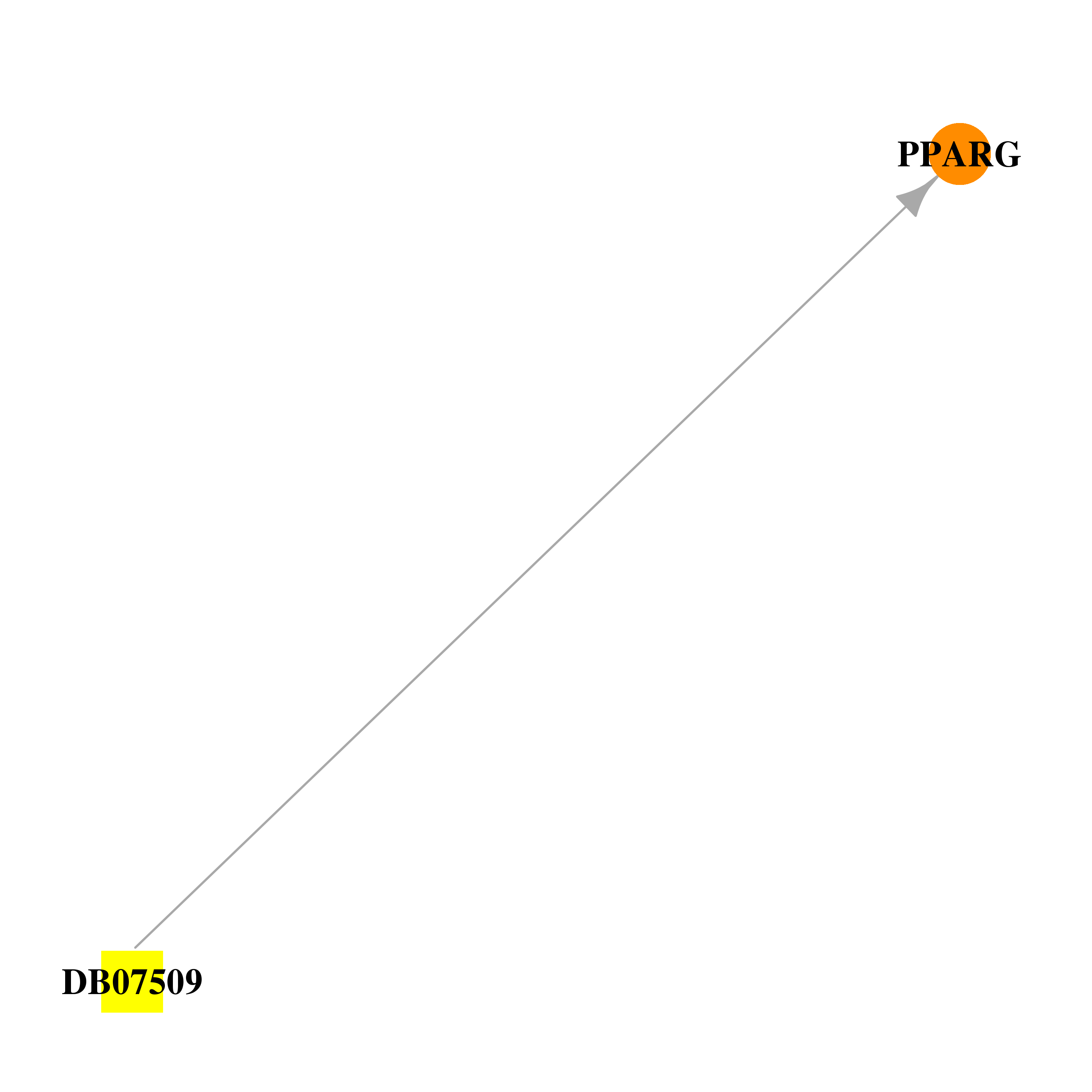 | 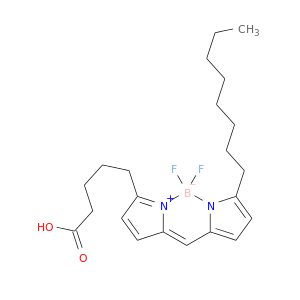 |
| DB07675 | peroxisome proliferator-activated receptor gamma | experimental | (2S)-2-ETHOXY-3-{4-[2-(10H-PHENOXAZIN-10-YL)ETHOXY]PHENYL}PROPANOIC ACID |  |  |
| DB07723 | peroxisome proliferator-activated receptor gamma | experimental | 3-(5-methoxy-1H-indol-3-yl)propanoic acid | 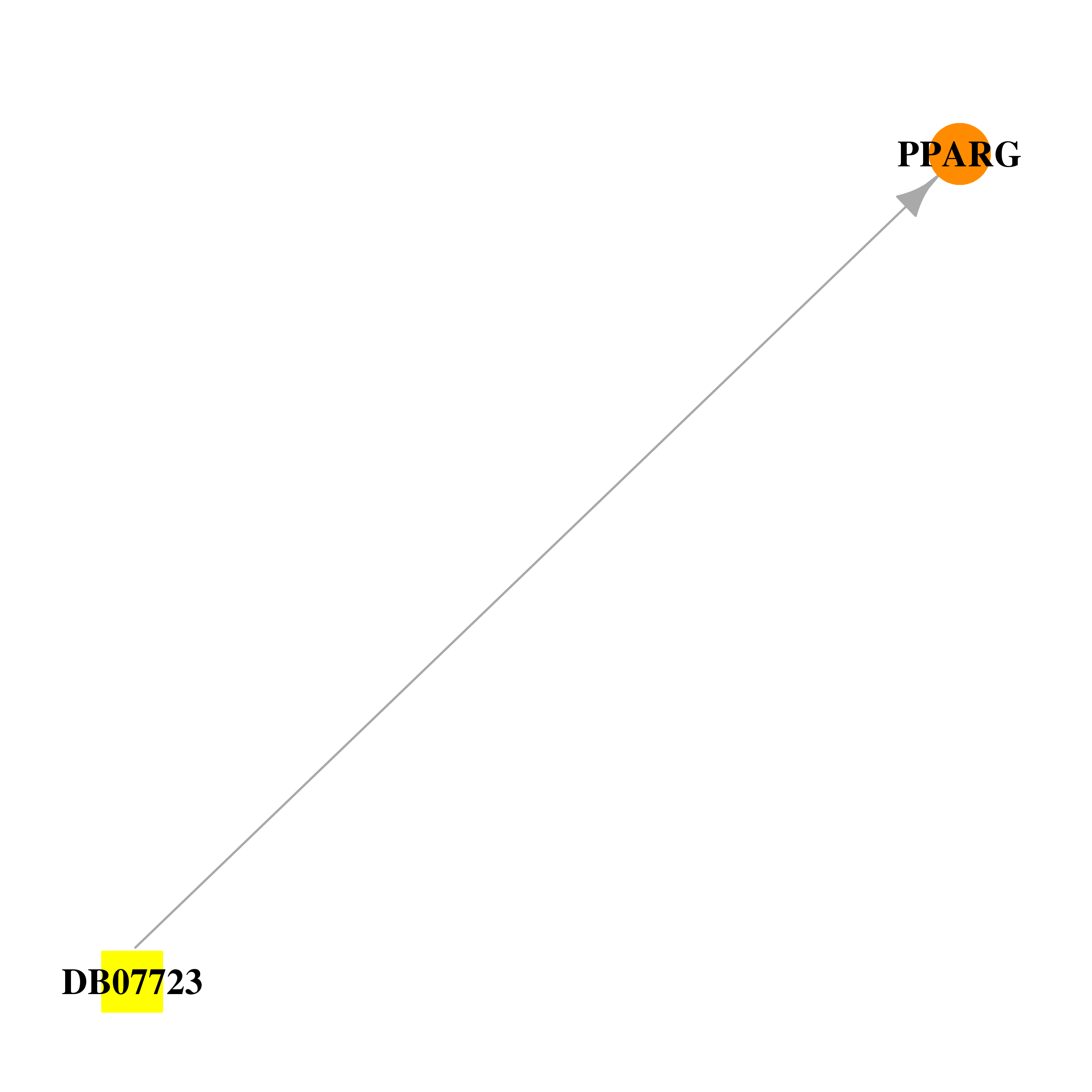 | 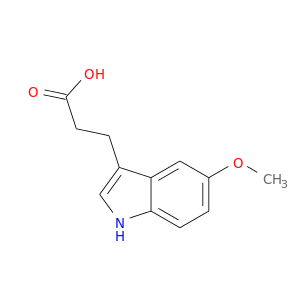 |
| DB07724 | peroxisome proliferator-activated receptor gamma | experimental | 3-{5-methoxy-1-[(4-methoxyphenyl)sulfonyl]-1H-indol-3-yl}propanoic acid | 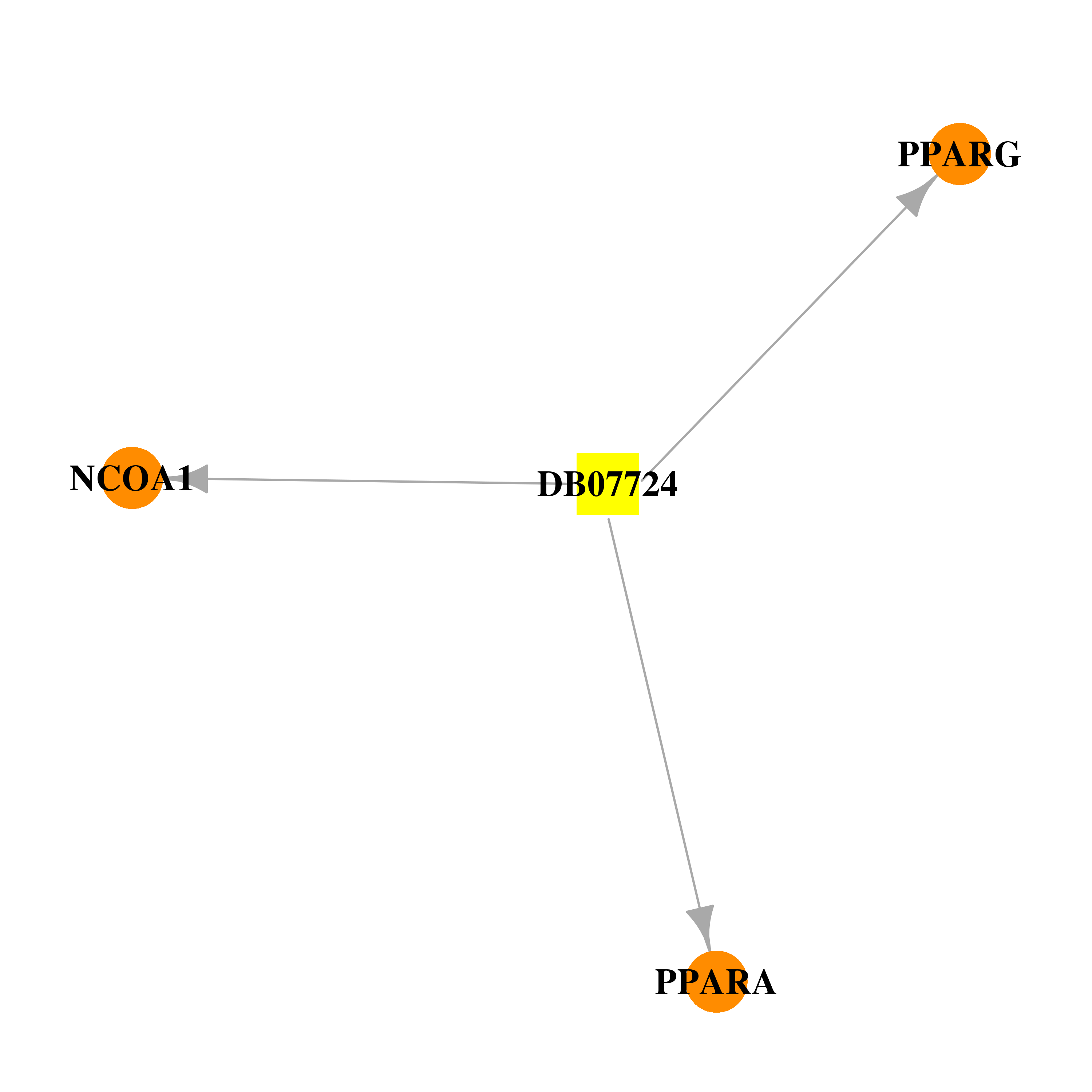 |  |
| DB07842 | peroxisome proliferator-activated receptor gamma | experimental | (2S)-2-(4-ethylphenoxy)-3-phenylpropanoic acid | 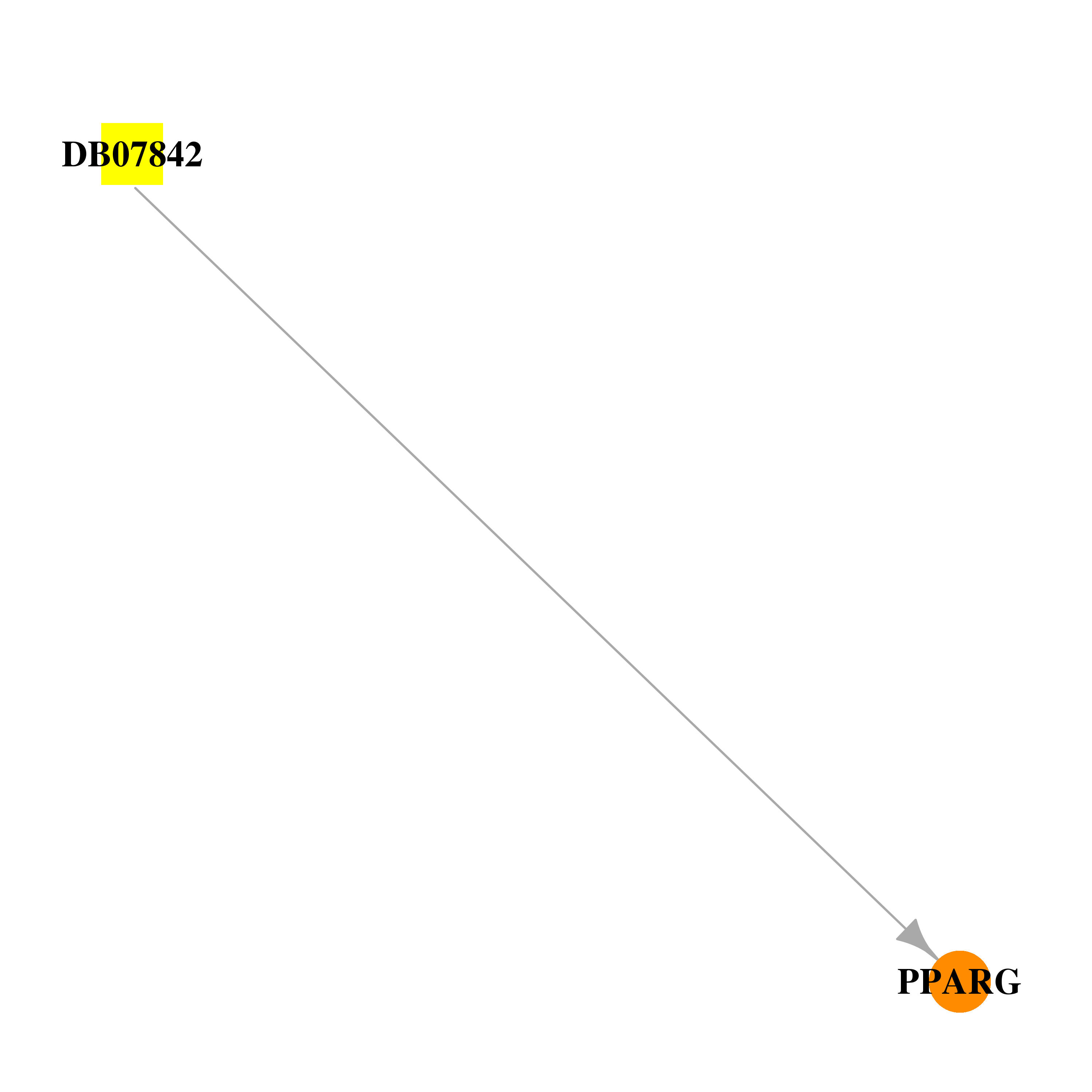 | 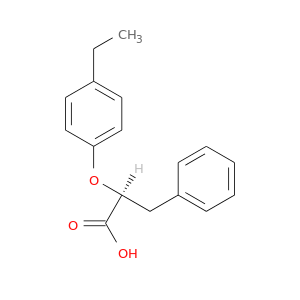 |
| DB07863 | peroxisome proliferator-activated receptor gamma | experimental | 2-chloro-5-nitro-N-phenylbenzamide |  |  |
| DB08121 | peroxisome proliferator-activated receptor gamma | experimental | (2S)-2-(biphenyl-4-yloxy)-3-phenylpropanoic acid |  | 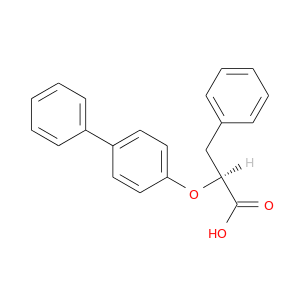 |
| DB08302 | peroxisome proliferator-activated receptor gamma | experimental | 3-[5-(2-nitropent-1-en-1-yl)furan-2-yl]benzoic acid | 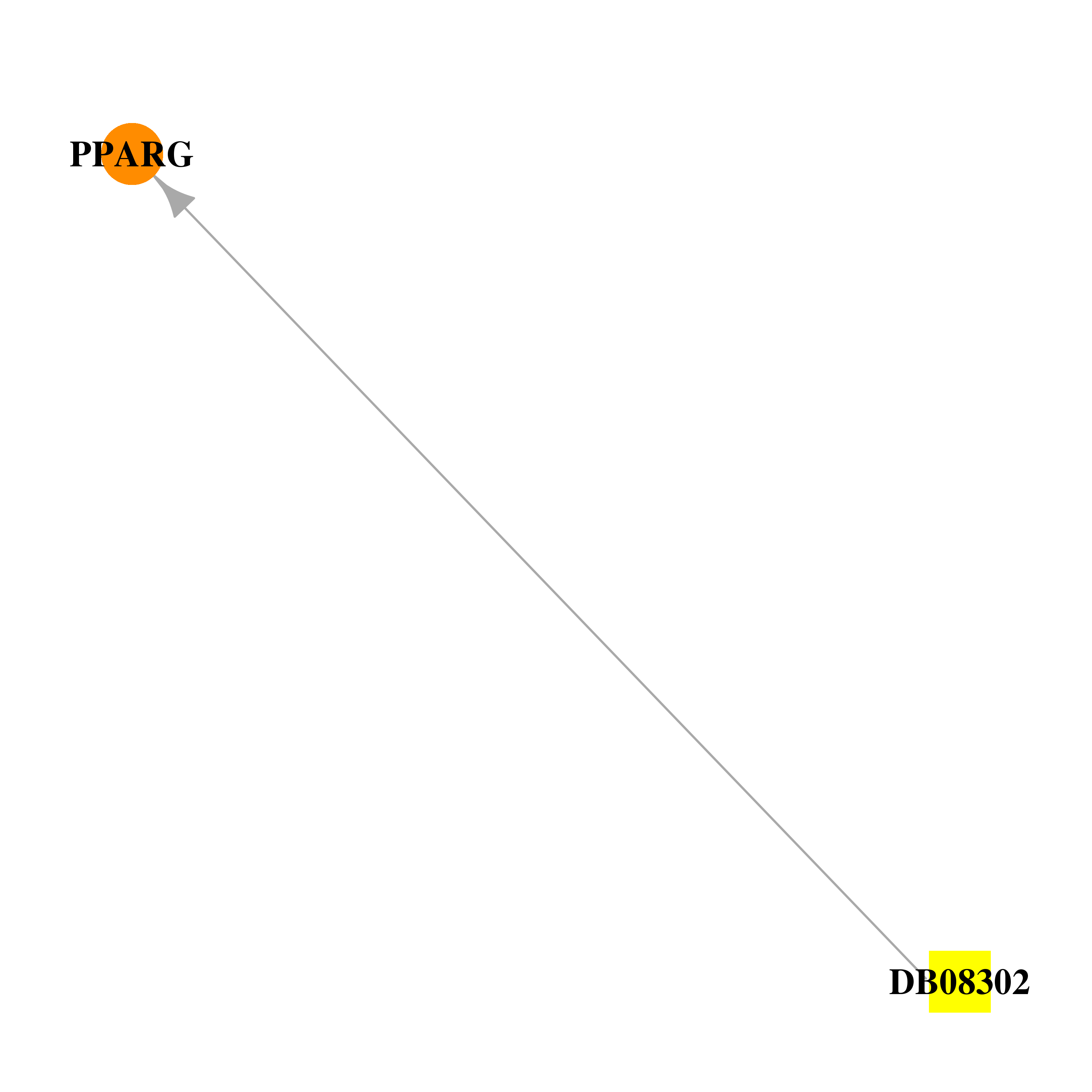 |  |
| DB08402 | peroxisome proliferator-activated receptor gamma | experimental | 2-[(2,4-DICHLOROBENZOYL)AMINO]-5-(PYRIMIDIN-2-YLOXY)BENZOIC ACID | 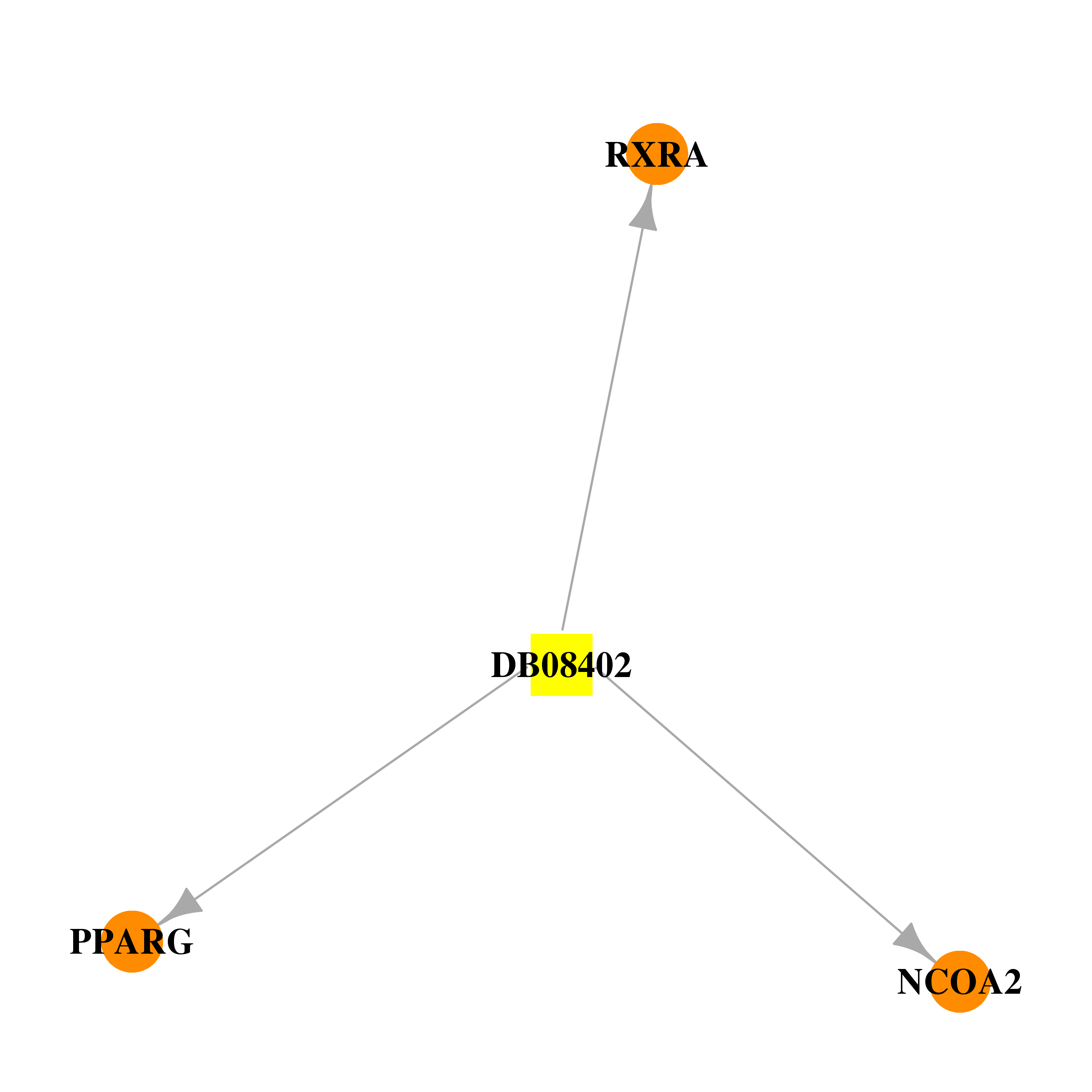 |  |
| DB08435 | peroxisome proliferator-activated receptor gamma | experimental | (5E,14E)-11-oxoprosta-5,9,12,14-tetraen-1-oic acid |  | 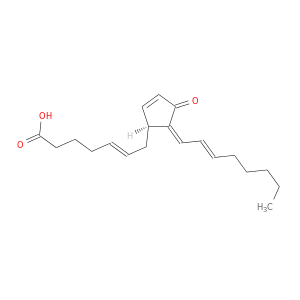 |
| DB08483 | peroxisome proliferator-activated receptor gamma | experimental | (2S)-2-methoxy-3-{4-[2-(5-methyl-2-phenyl-1,3-oxazol-4-yl)ethoxy]-1-benzothiophen-7-yl}propanoic acid | 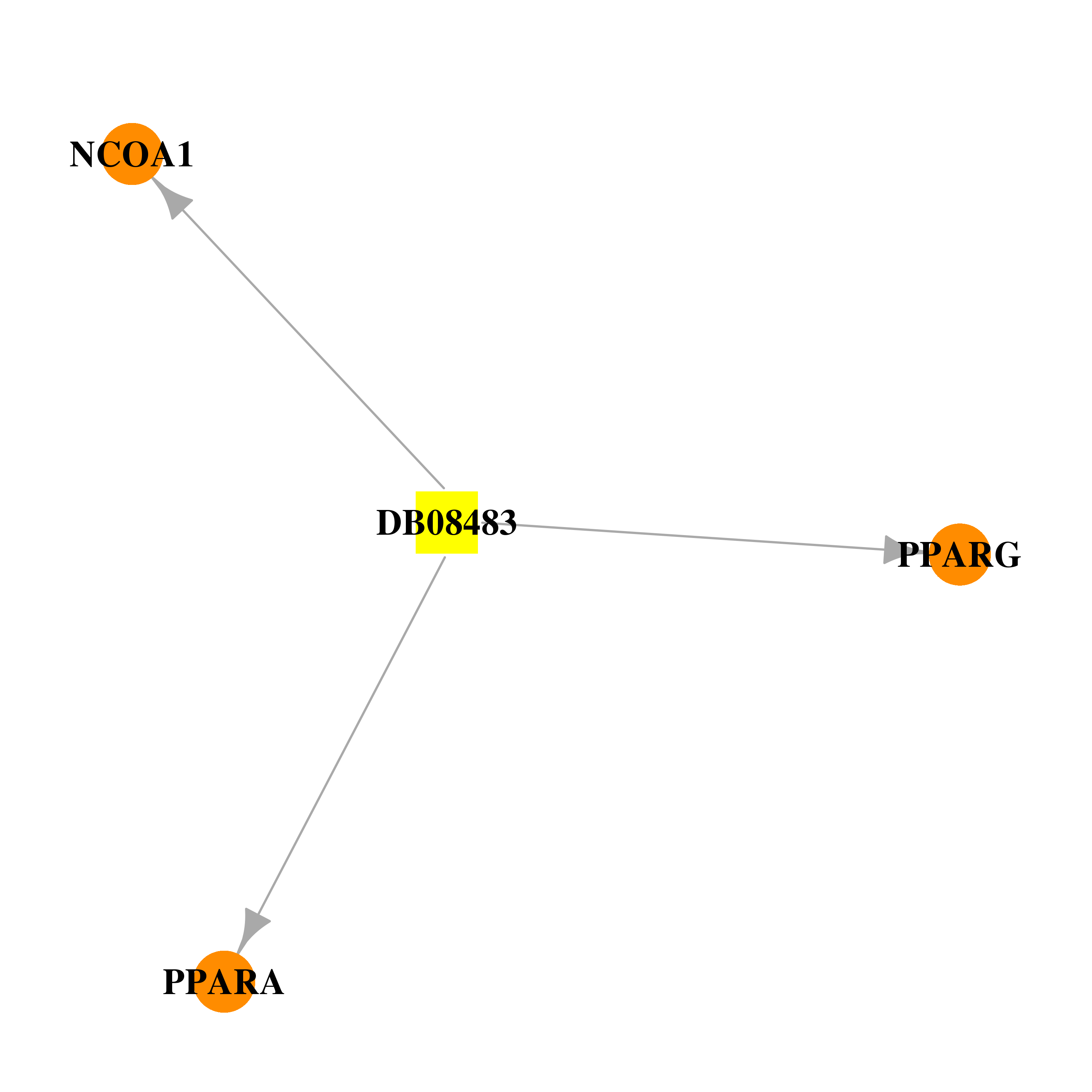 |  |
| DB08560 | peroxisome proliferator-activated receptor gamma | experimental | 3-FLUORO-N-[1-(4-FLUOROPHENYL)-3-(2-THIENYL)-1H-PYRAZOL-5-YL]BENZENESULFONAMIDE | 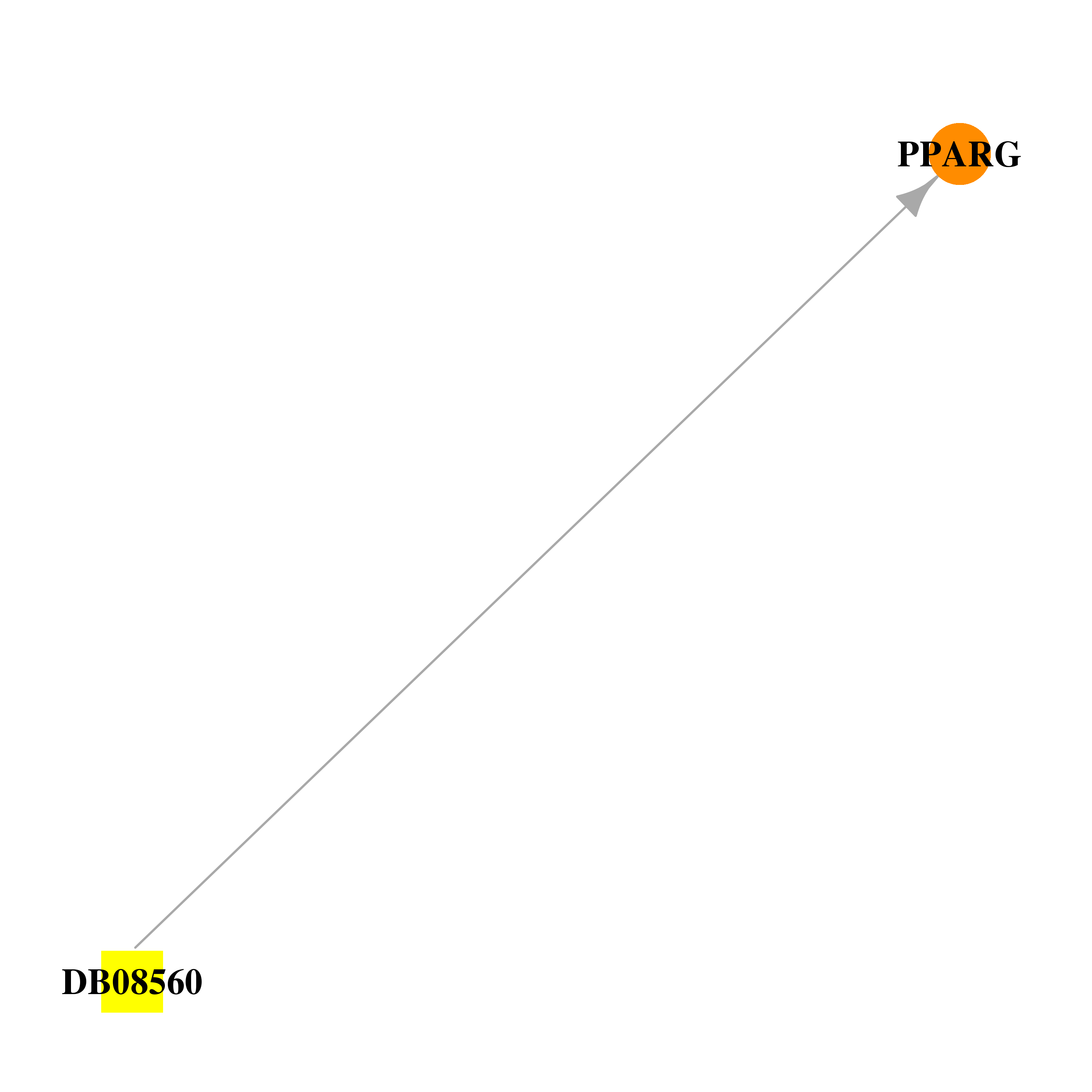 | 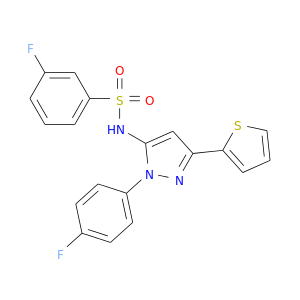 |
| DB08760 | peroxisome proliferator-activated receptor gamma | experimental | (2S)-2-(4-chlorophenoxy)-3-phenylpropanoic acid |  | 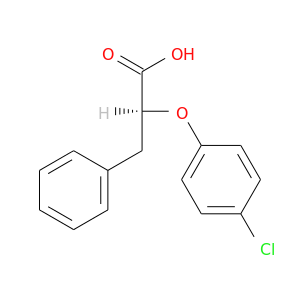 |
| DB00755 | peroxisome proliferator-activated receptor gamma | approved; nutraceutical; investigational | Tretinoin |  |  |
| DB00945 | peroxisome proliferator-activated receptor gamma | approved | Acetylsalicylic acid | 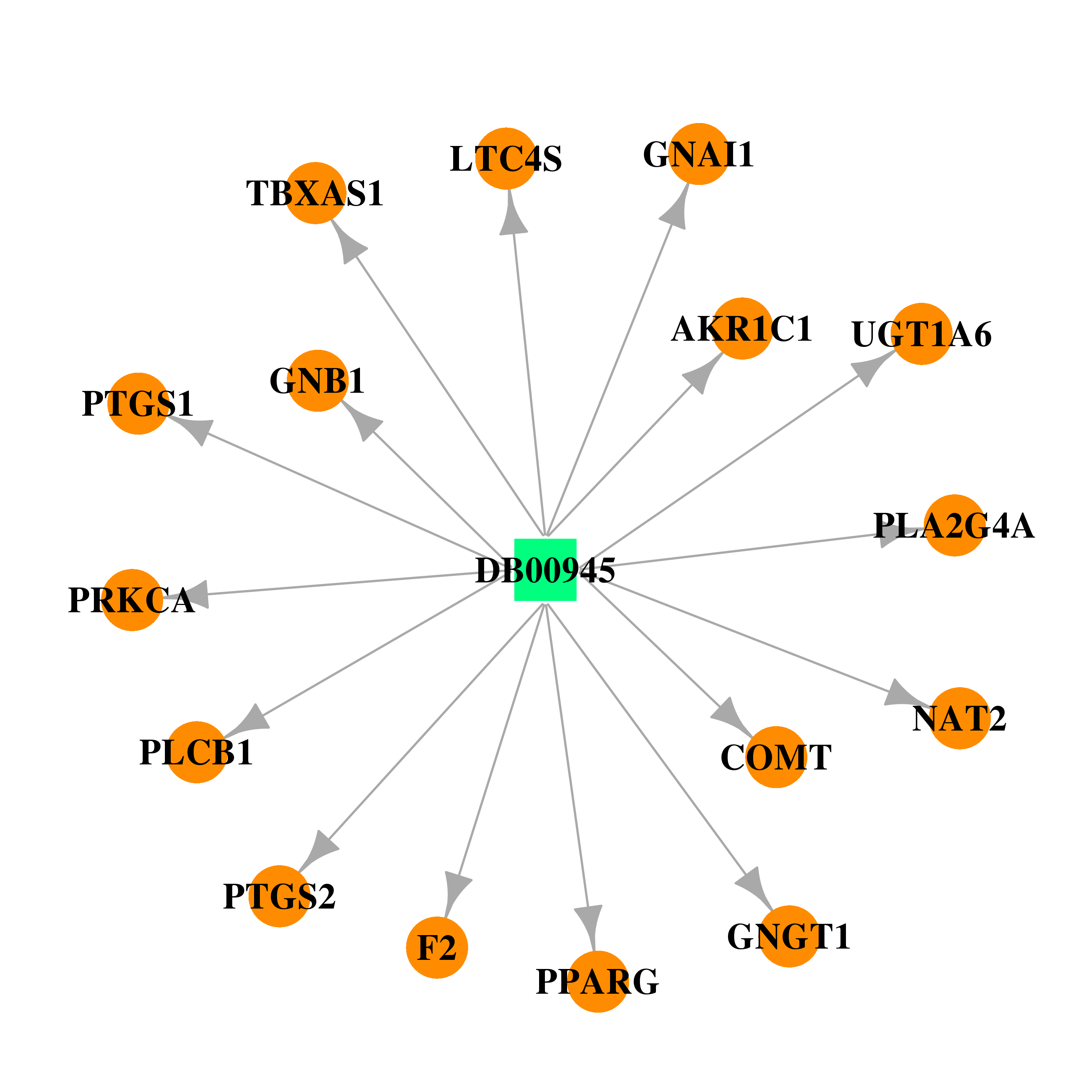 |  |
| DB00741 | peroxisome proliferator-activated receptor gamma | approved | Hydrocortisone |  |  |
| DB00482 | peroxisome proliferator-activated receptor gamma | approved; investigational | Celecoxib | 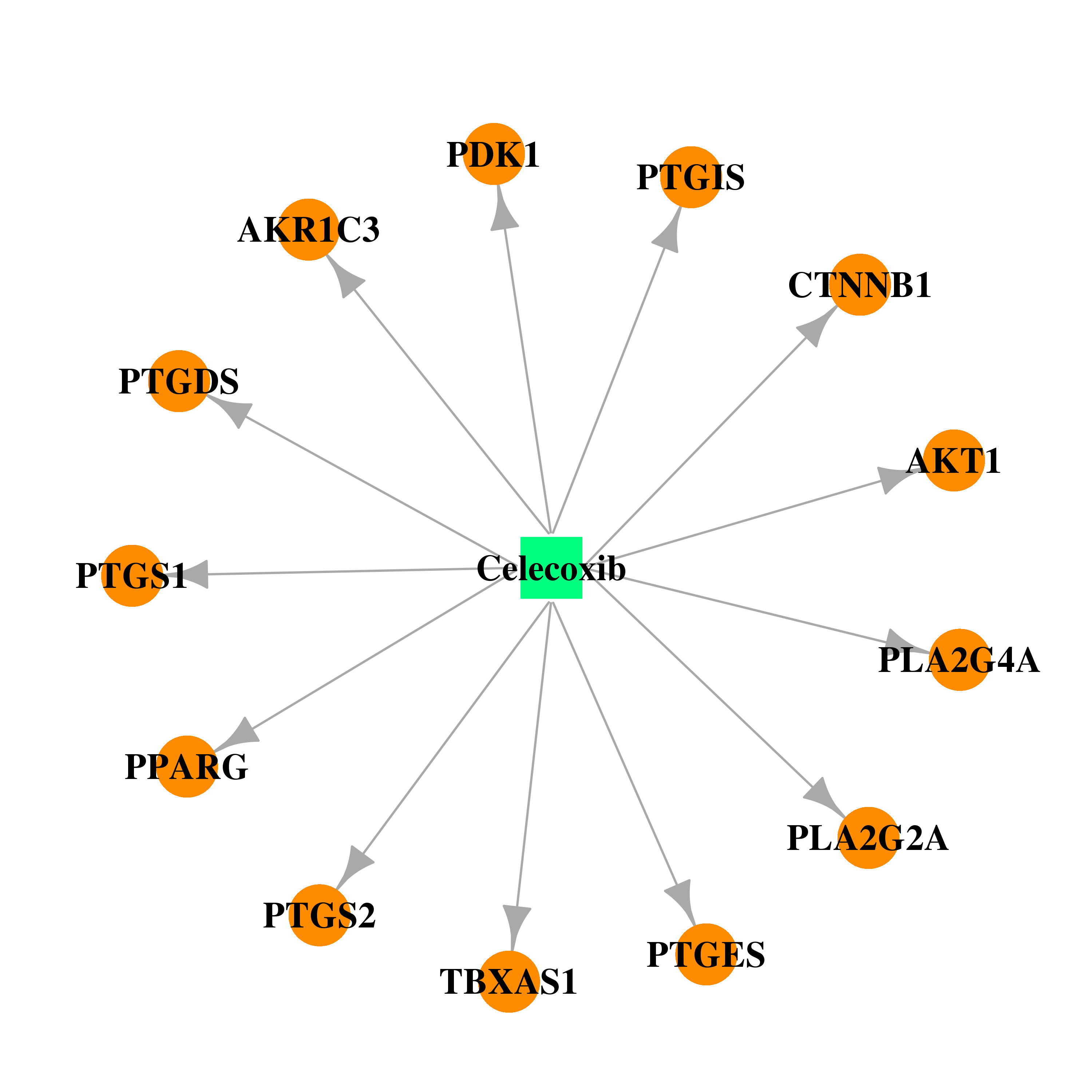 |  |
| Top |
| Cross referenced IDs for PPARG |
| * We obtained these cross-references from Uniprot database. It covers 150 different DBs, 18 categories. http://www.uniprot.org/help/cross_references_section |
: Open all cross reference information
|
Copyright © 2016-Present - The Univsersity of Texas Health Science Center at Houston @ |








